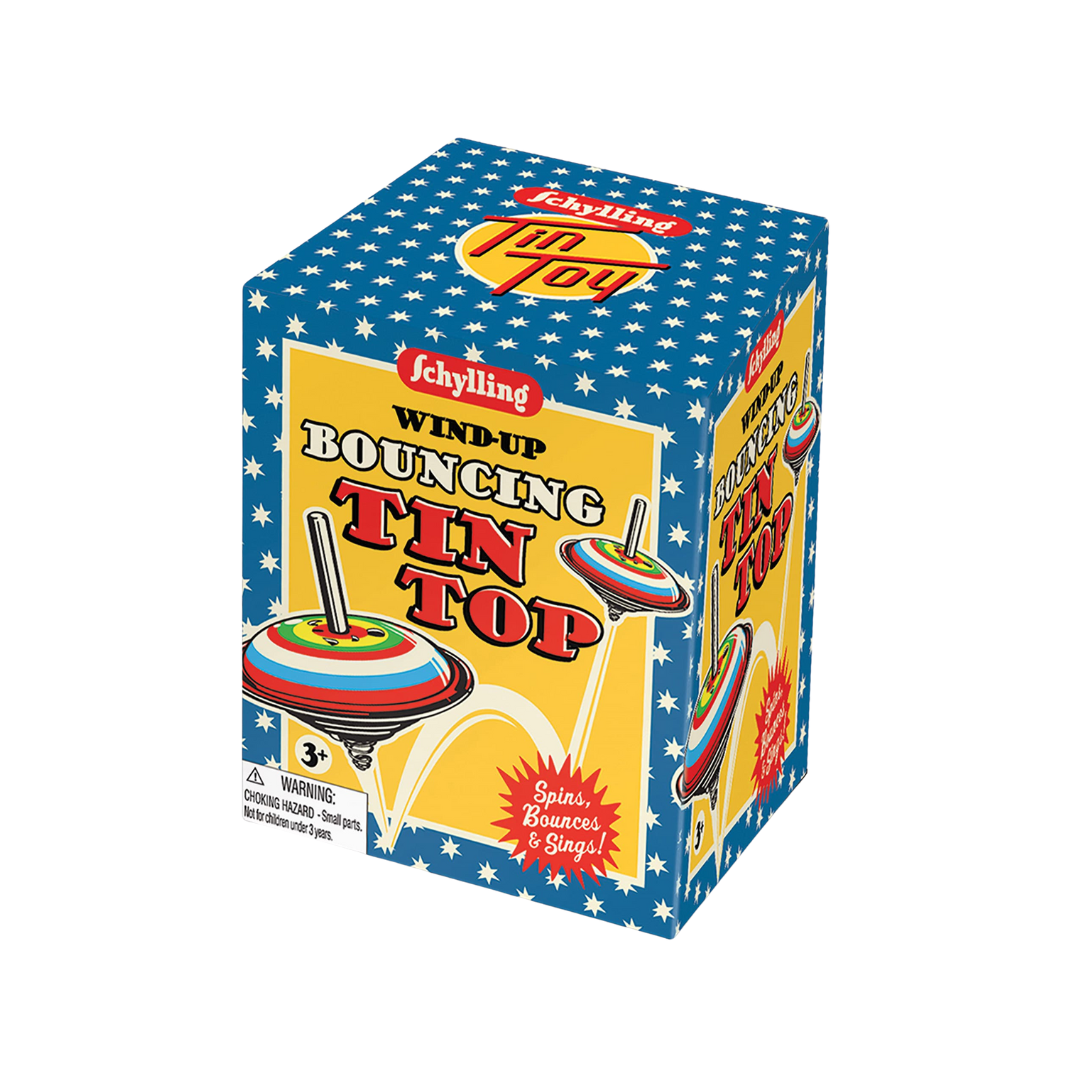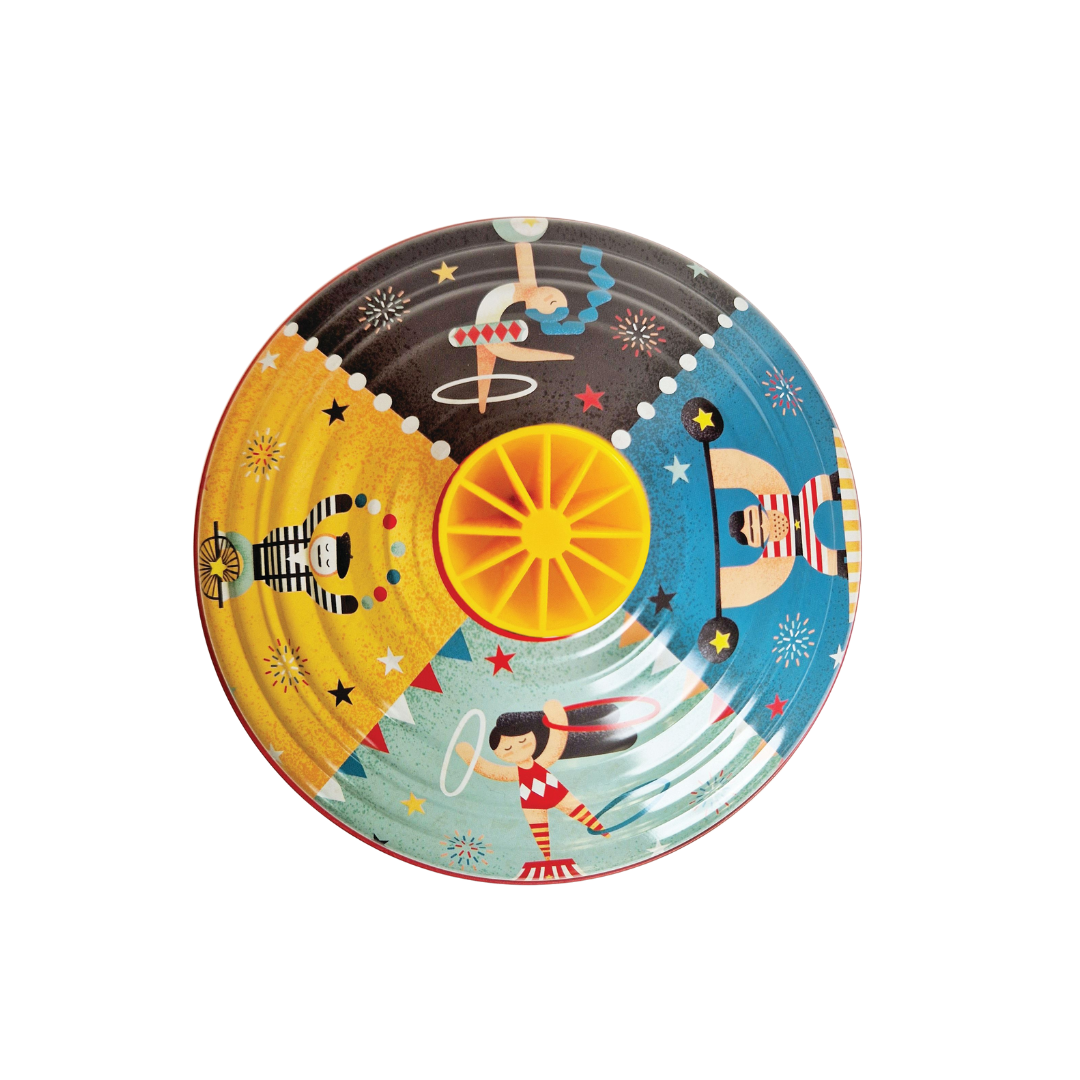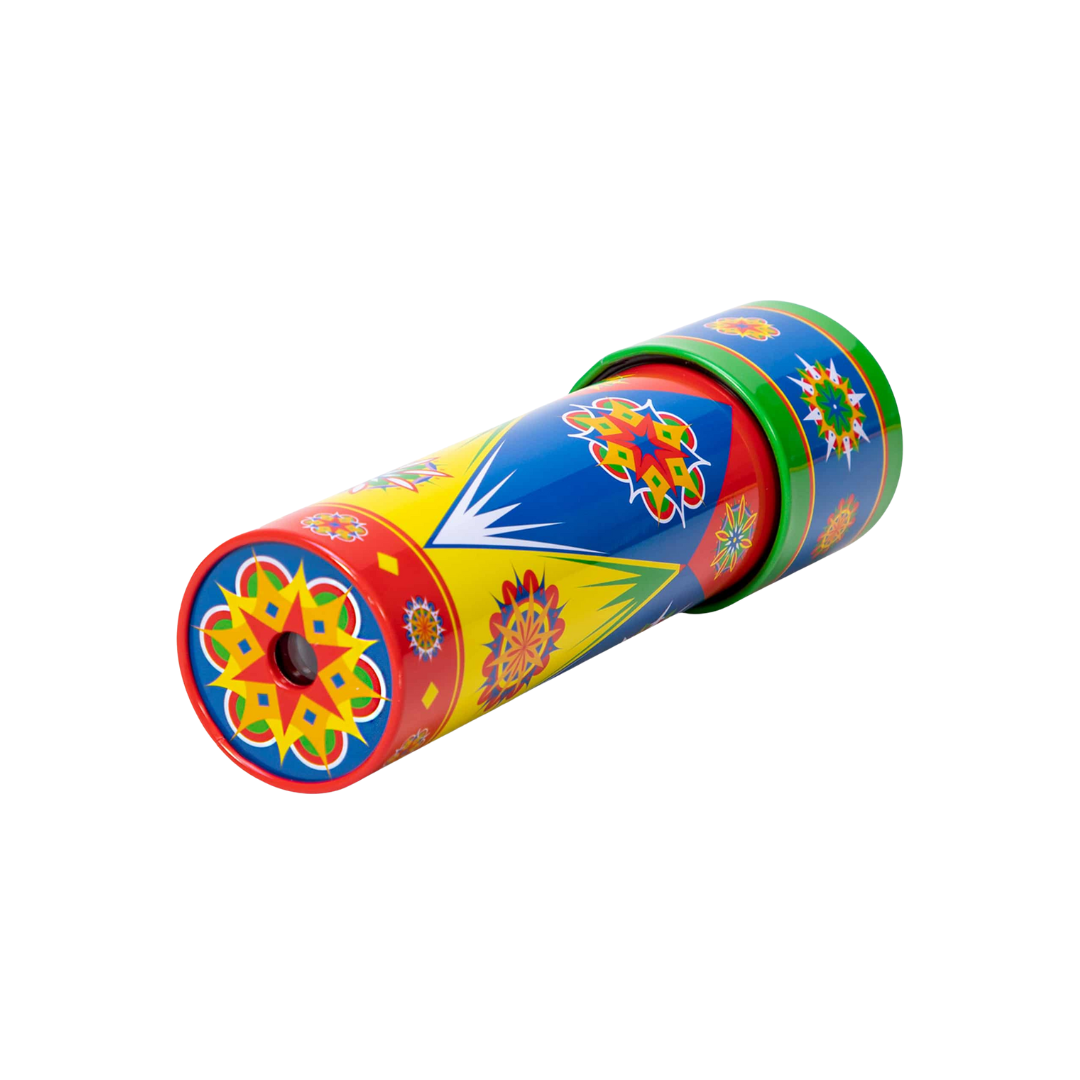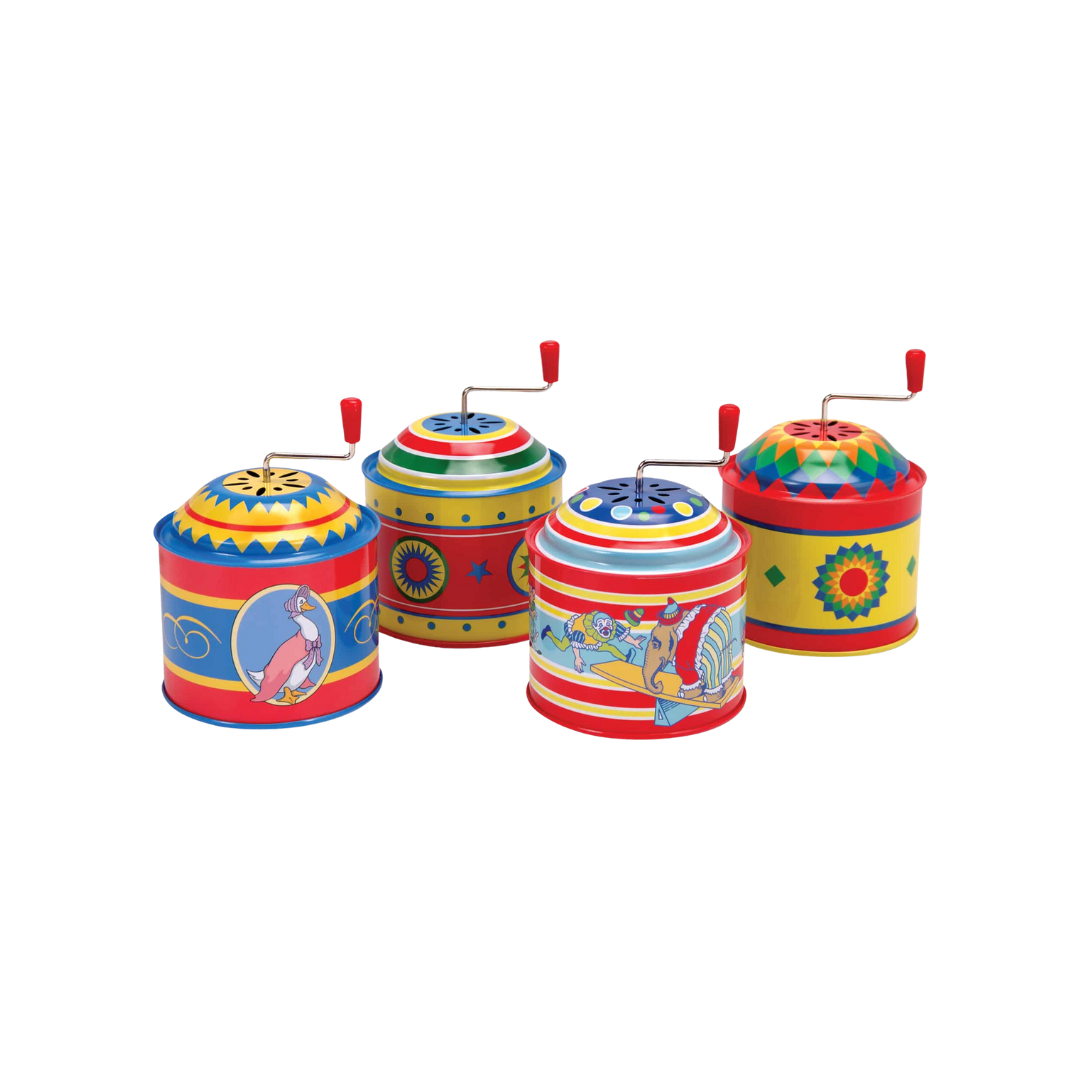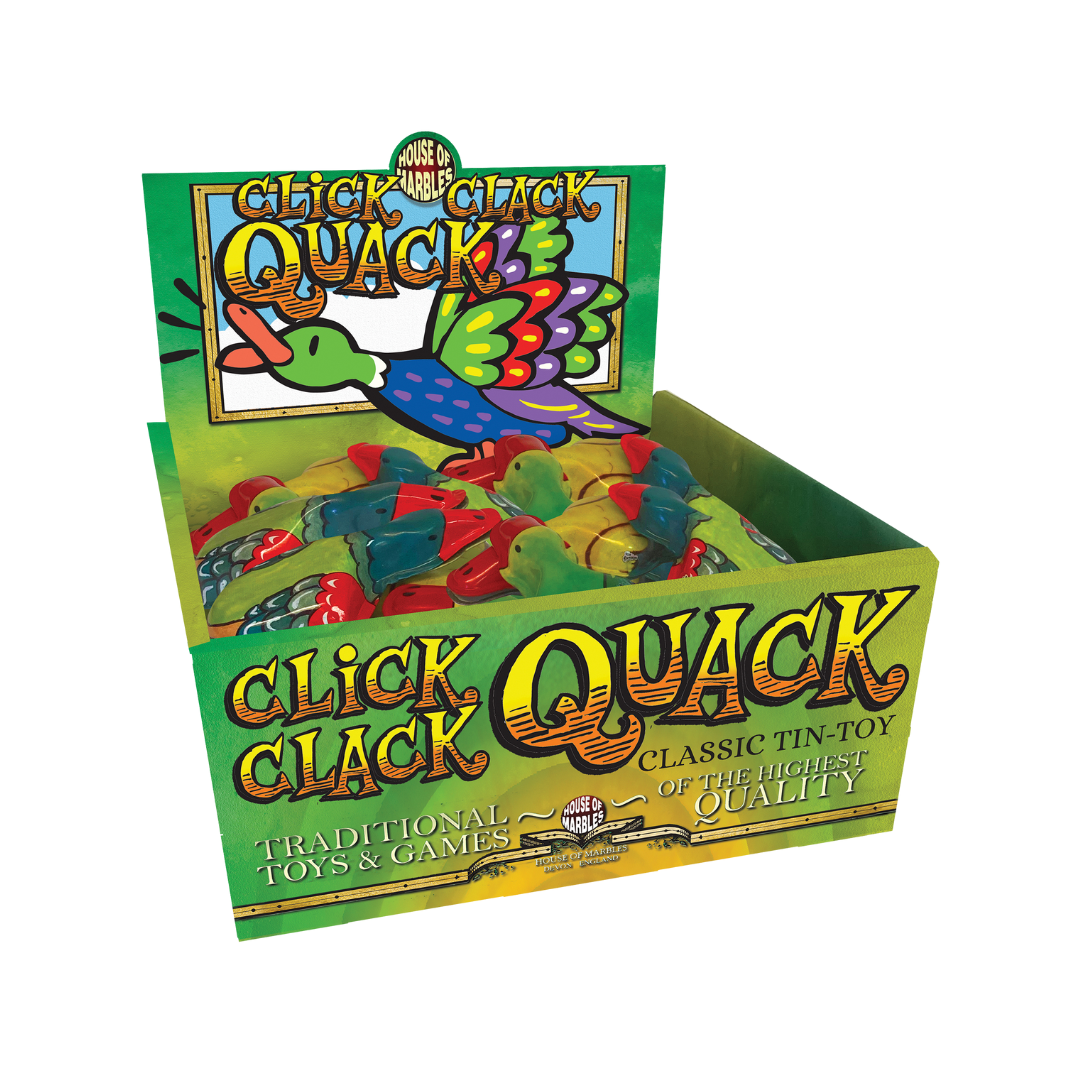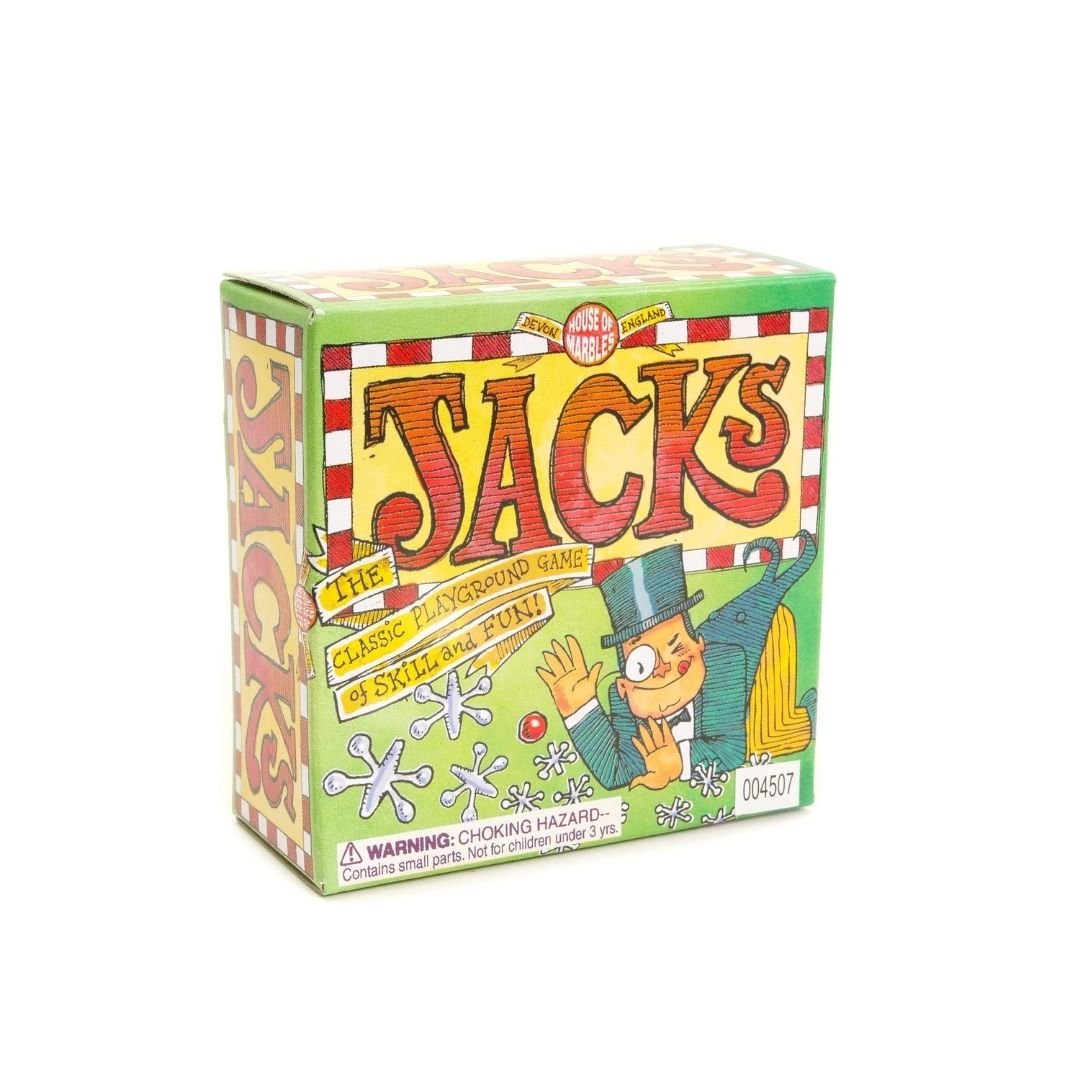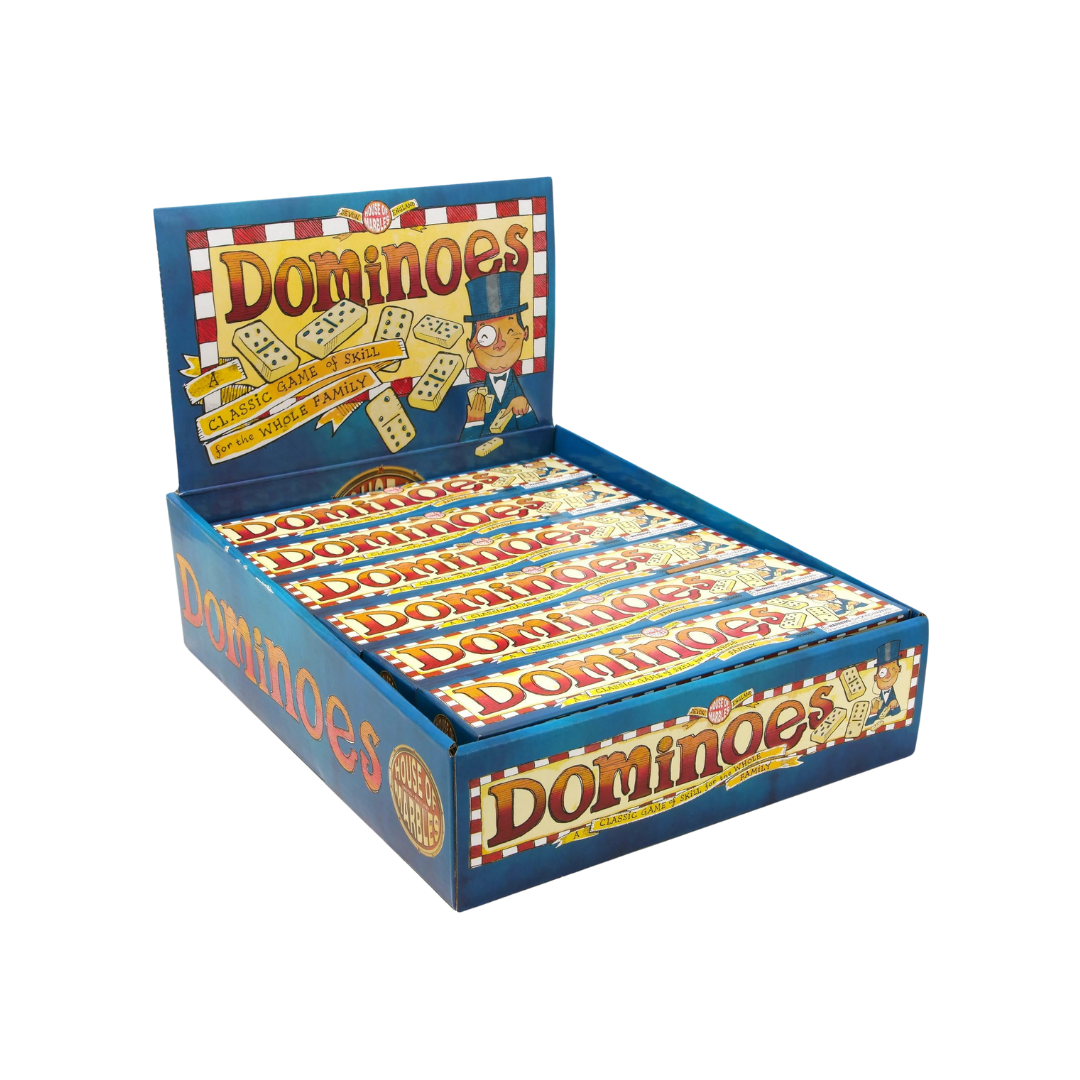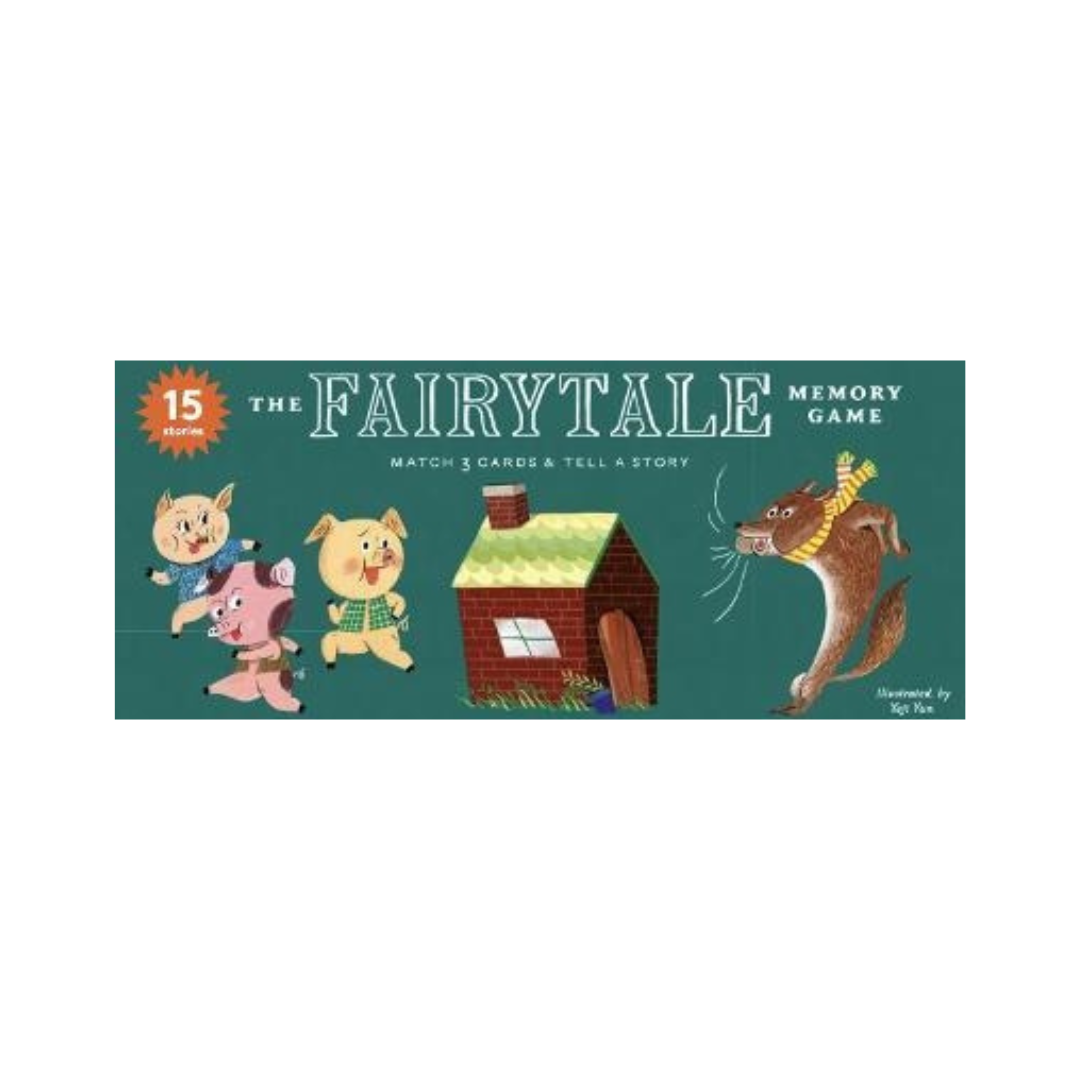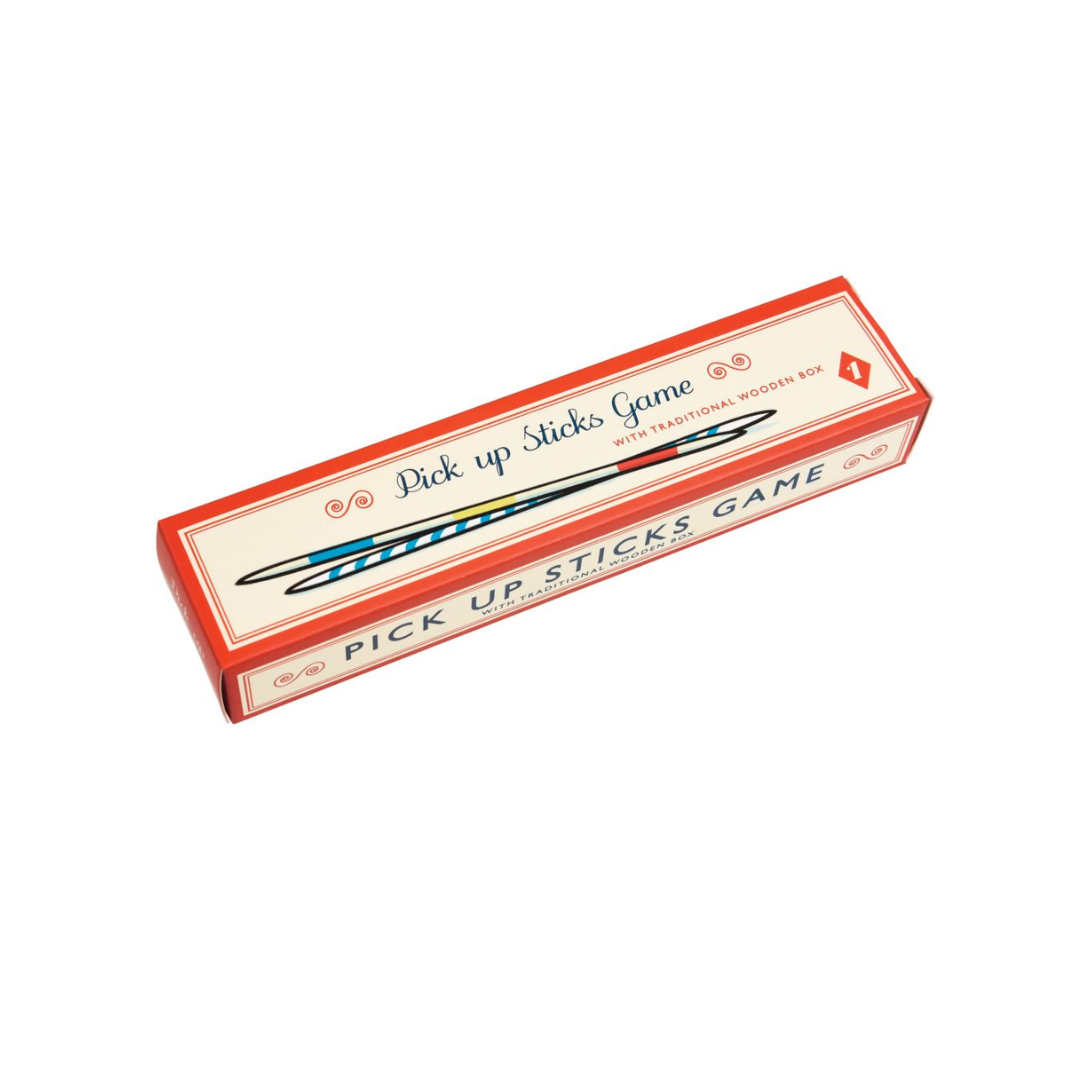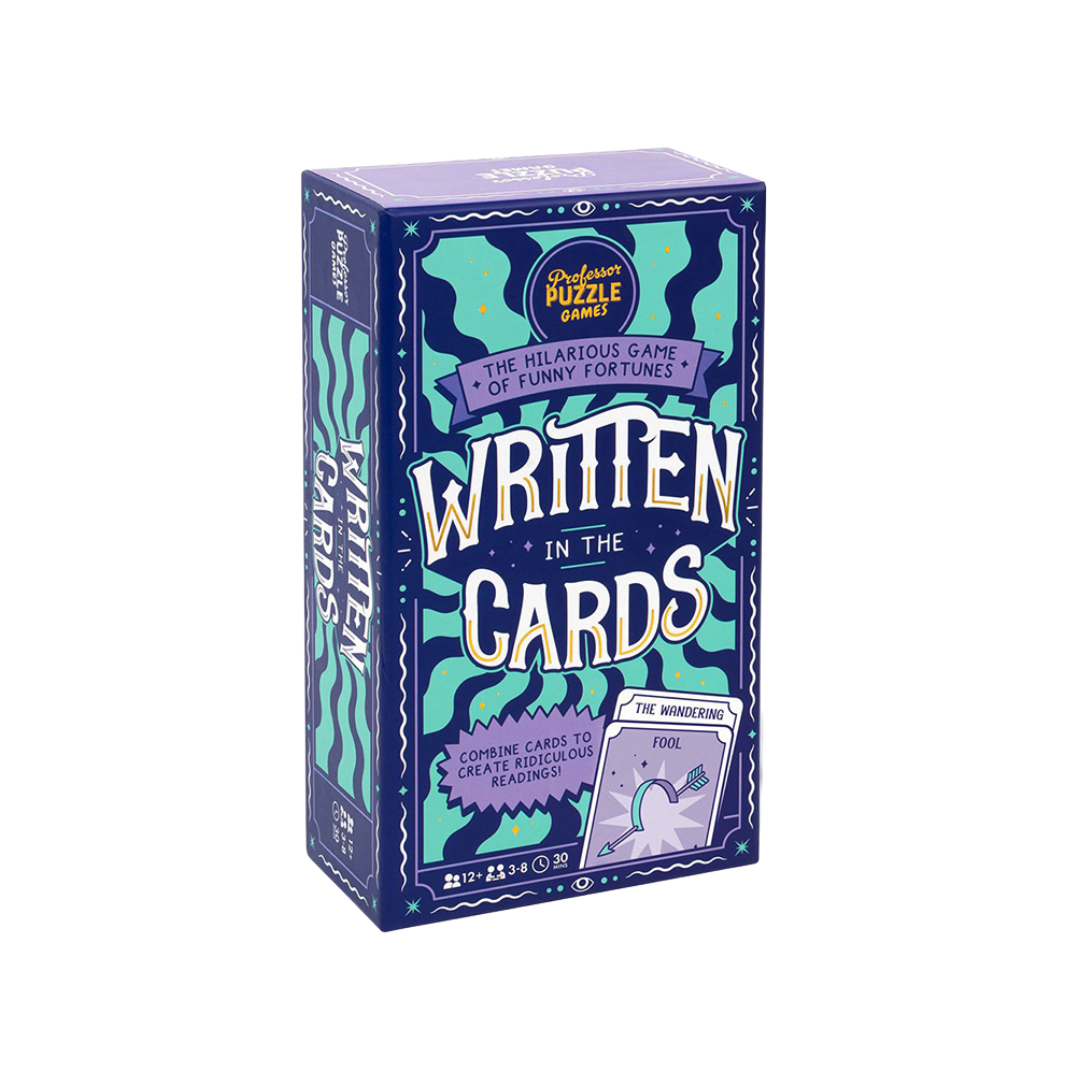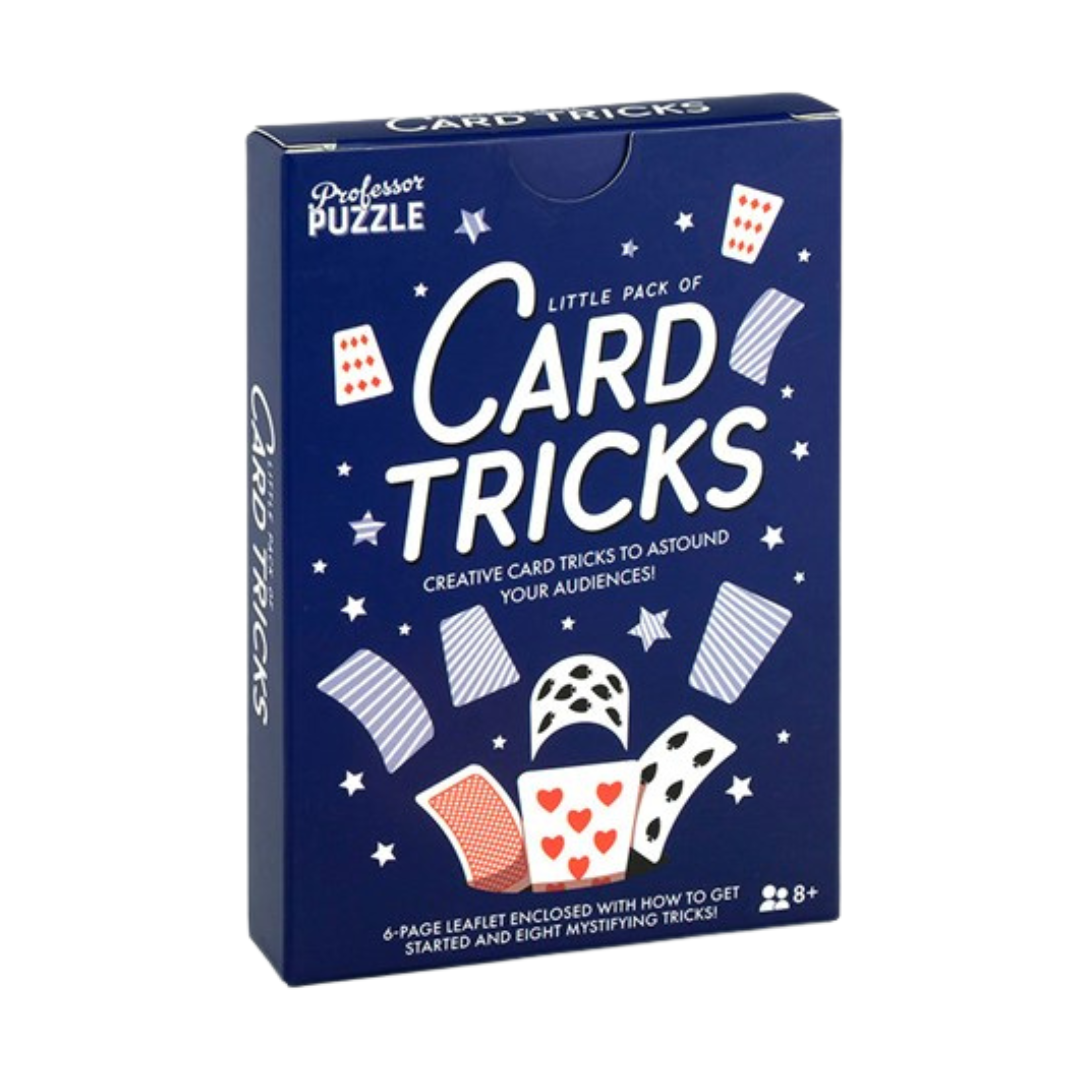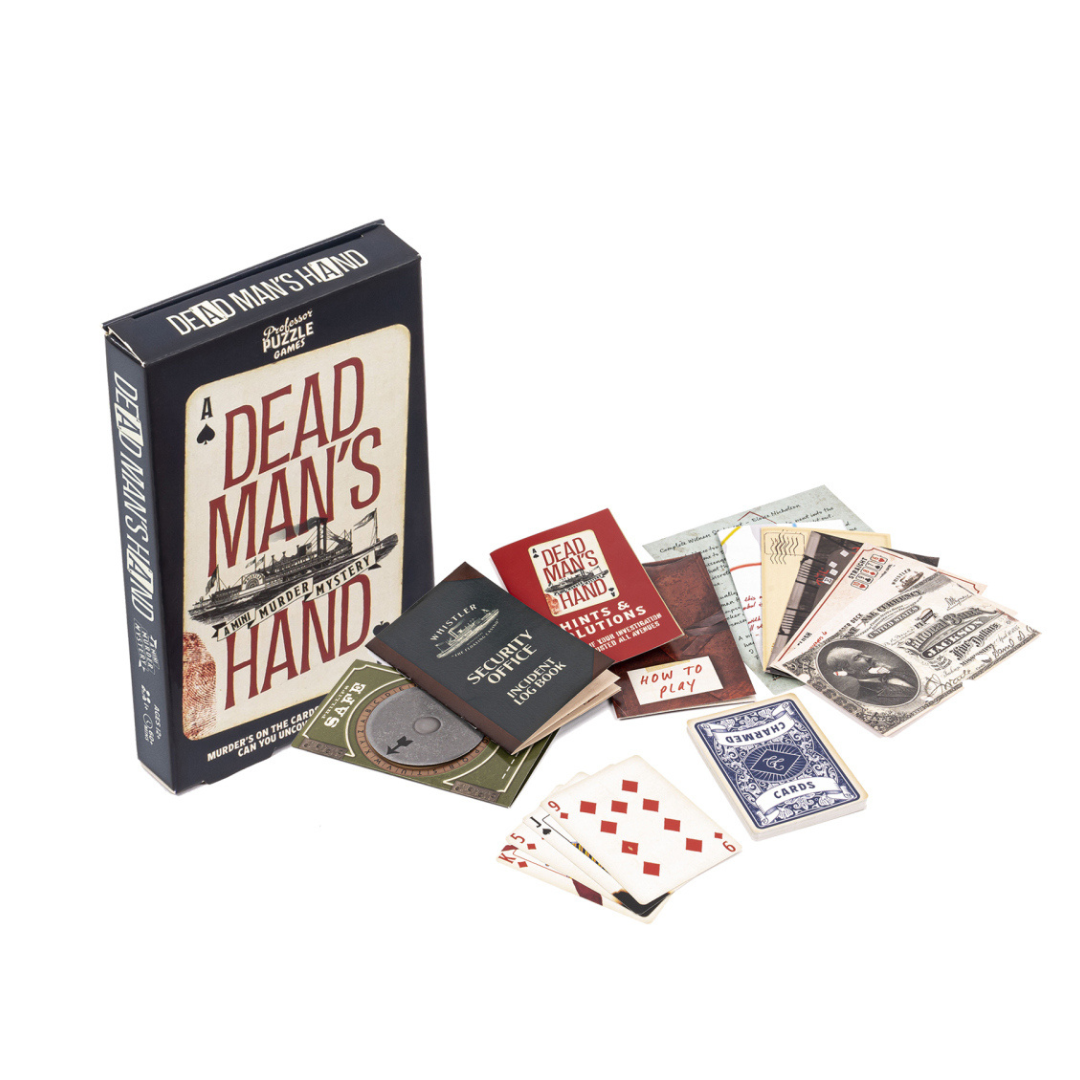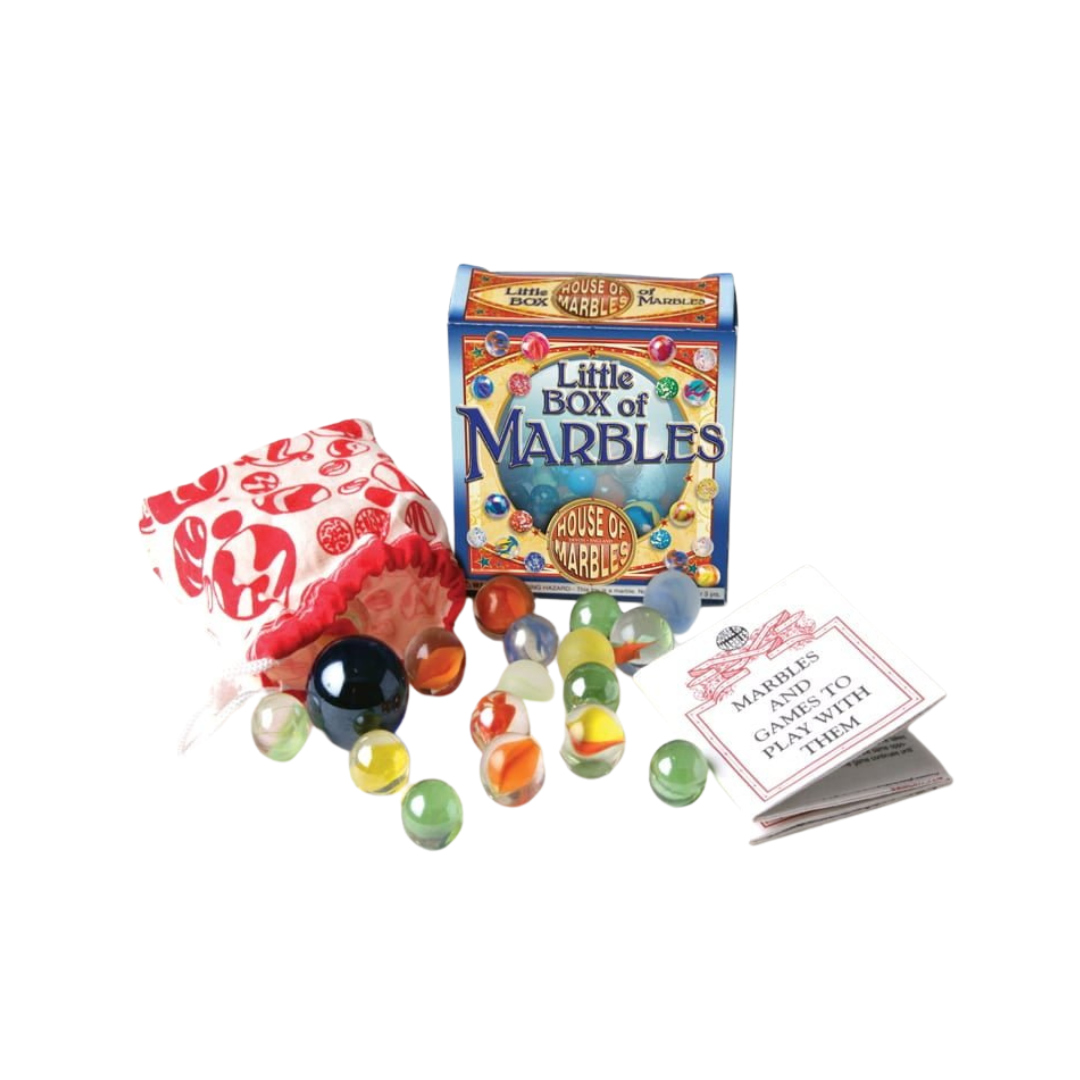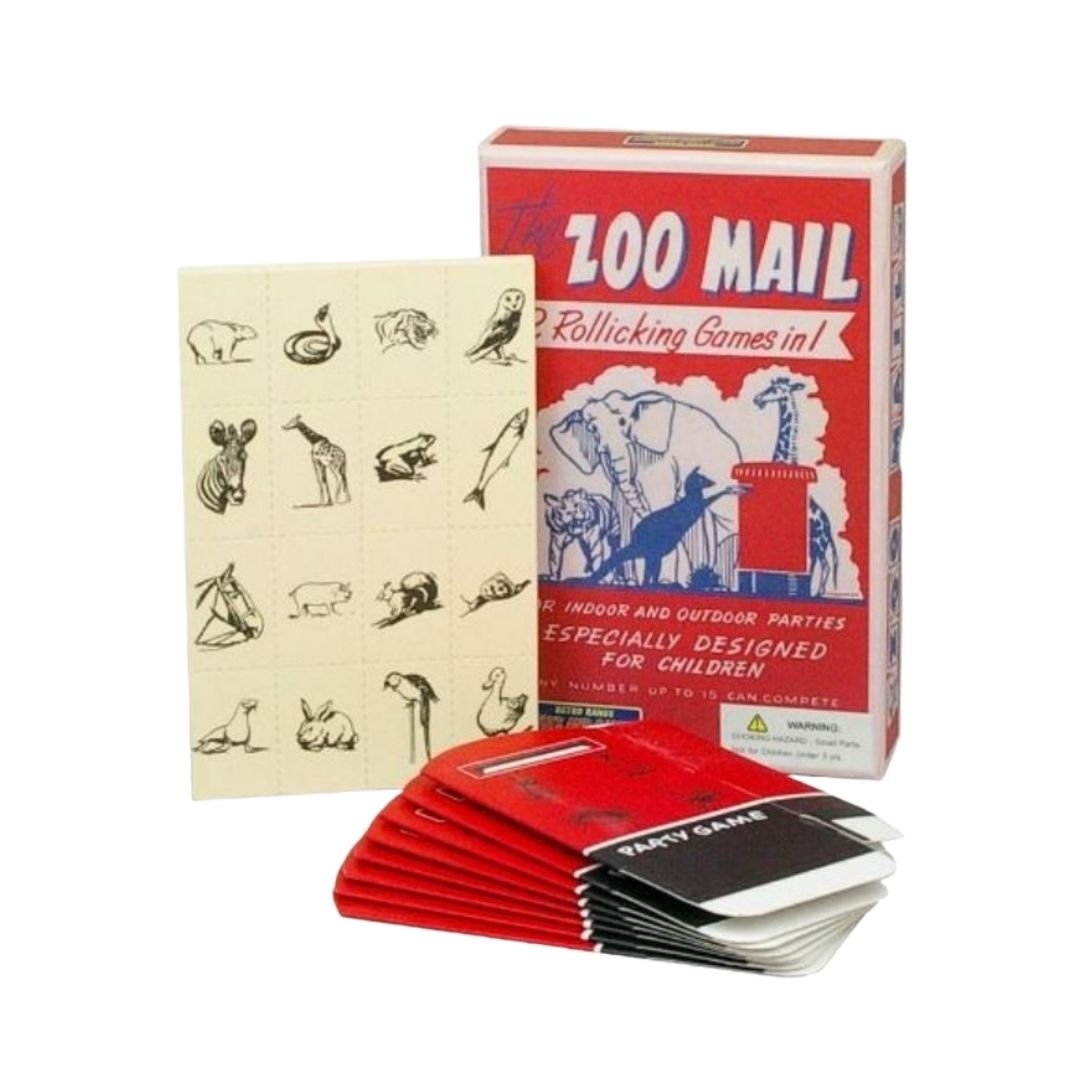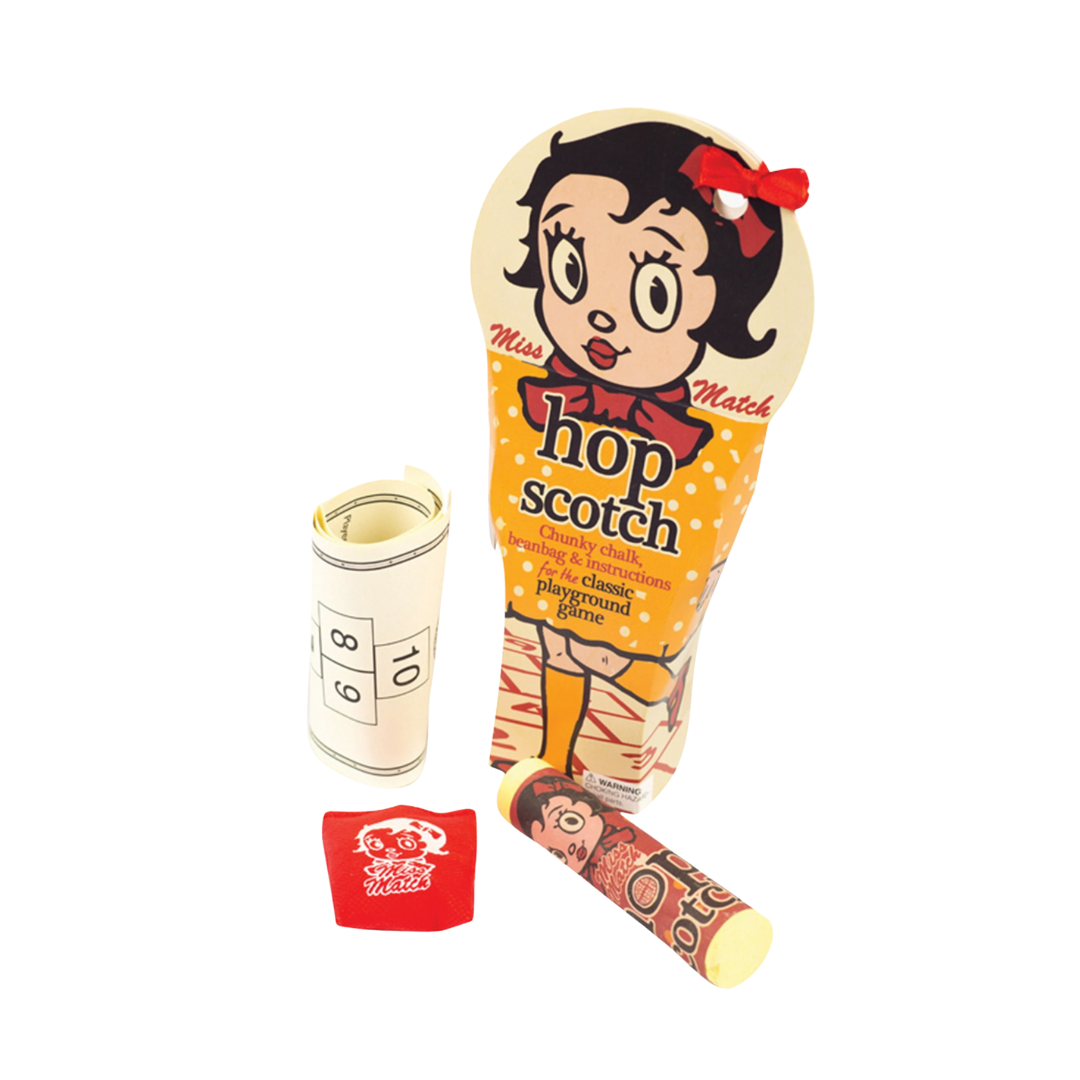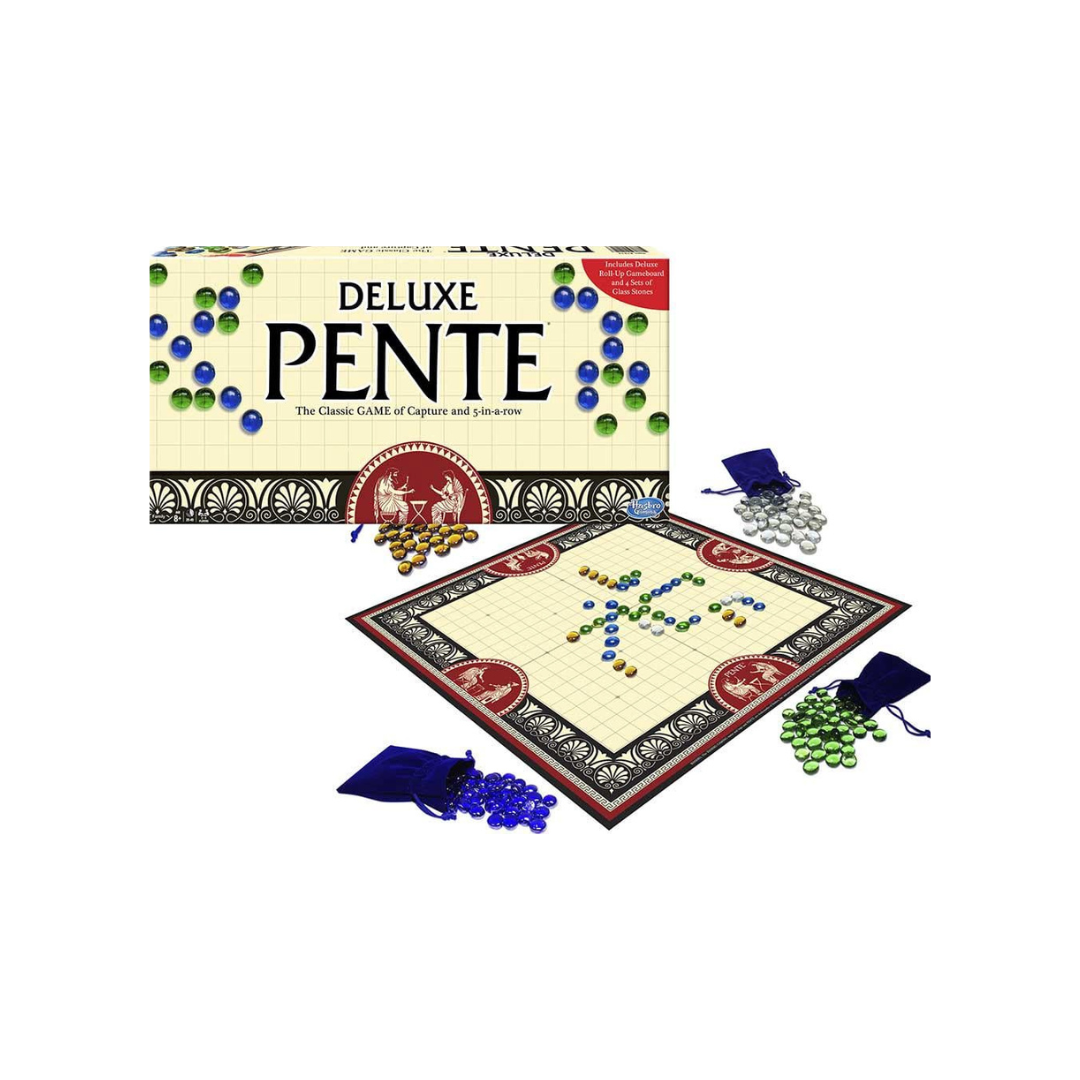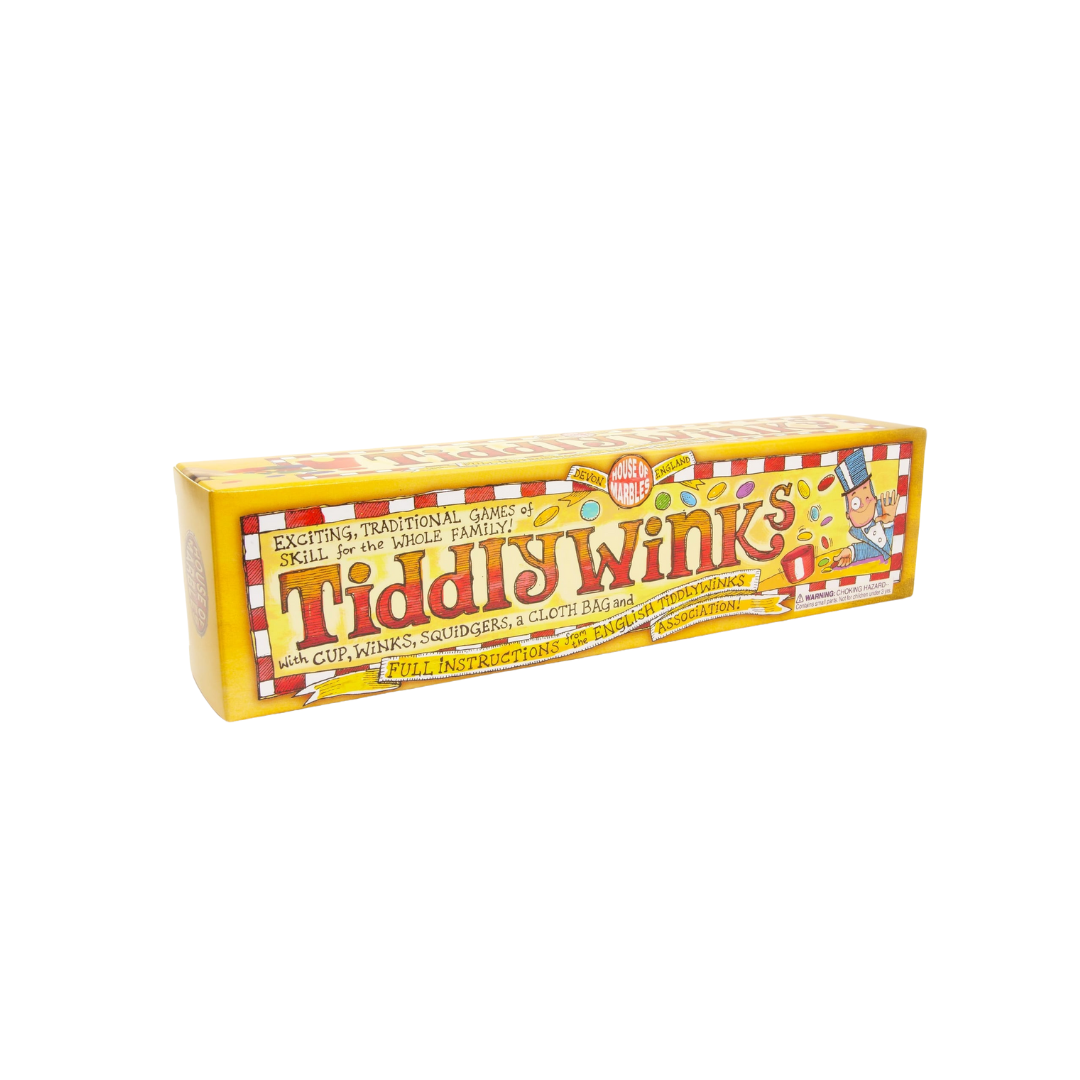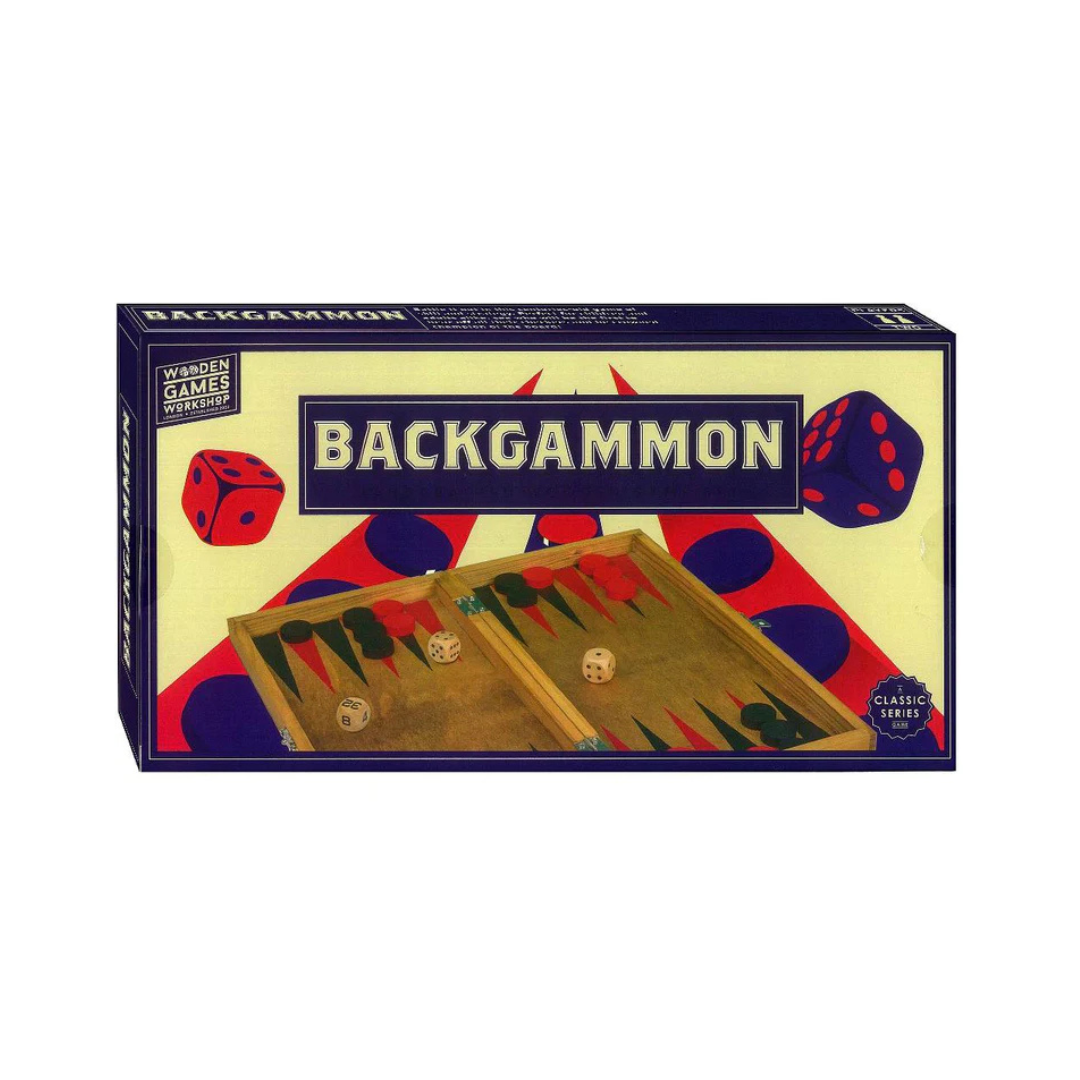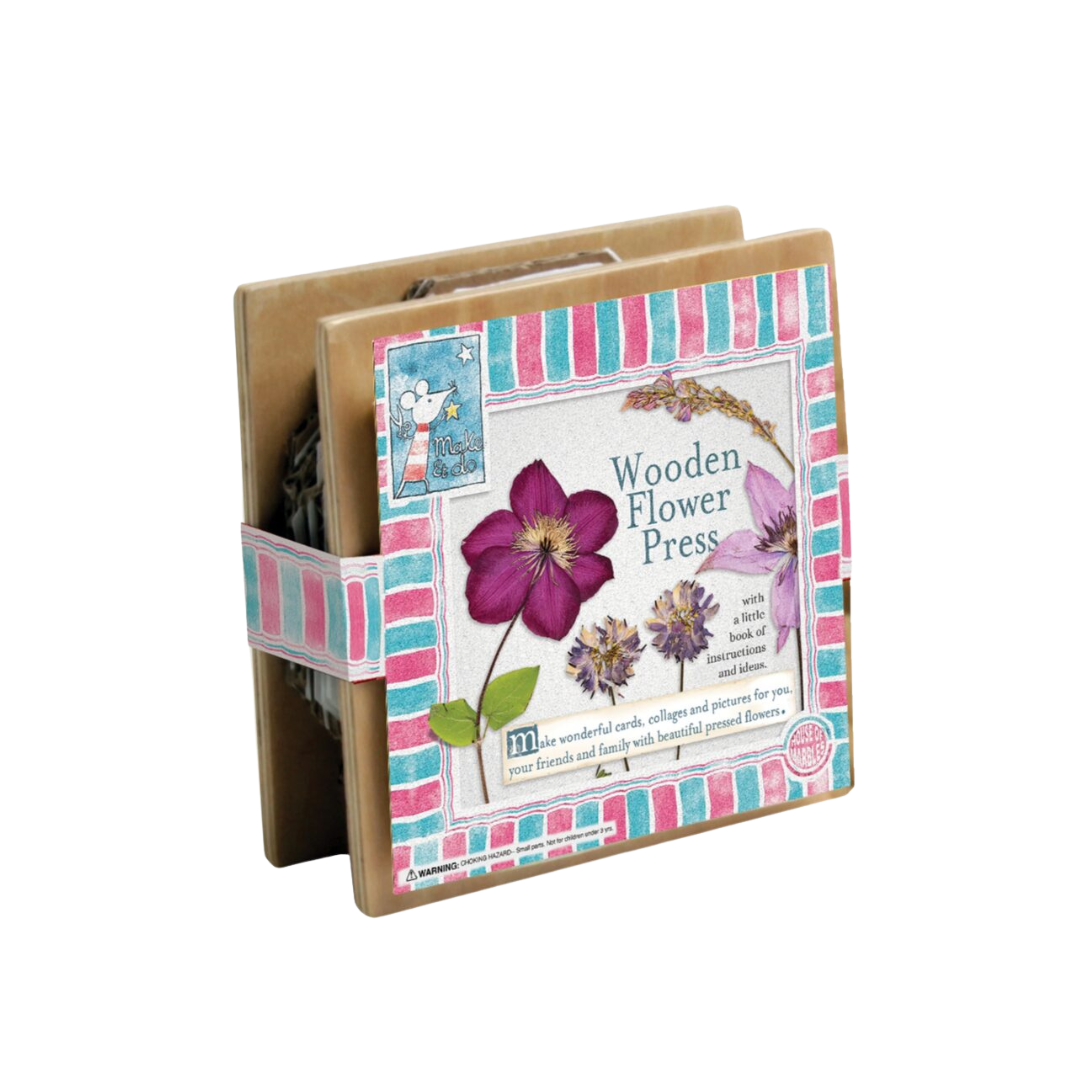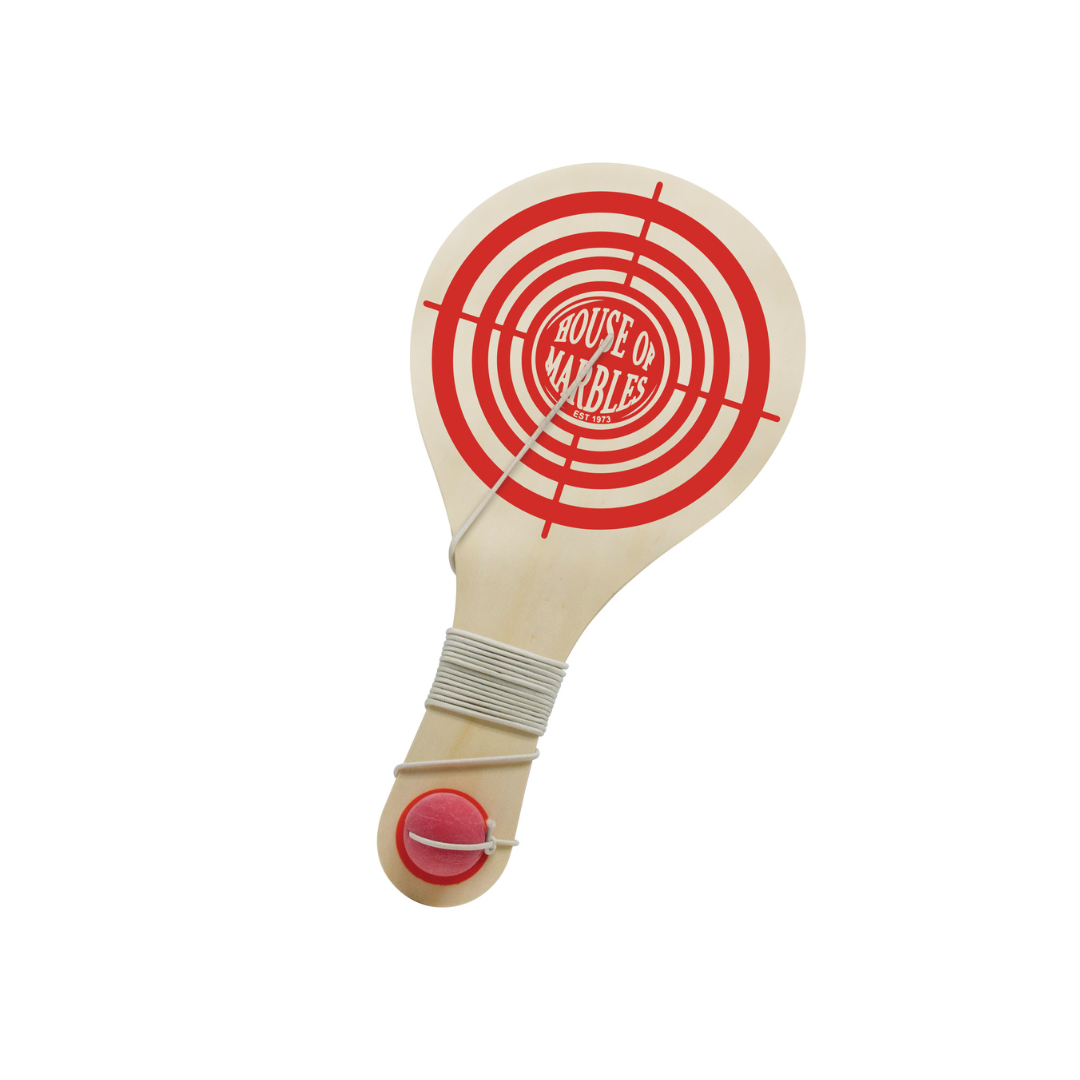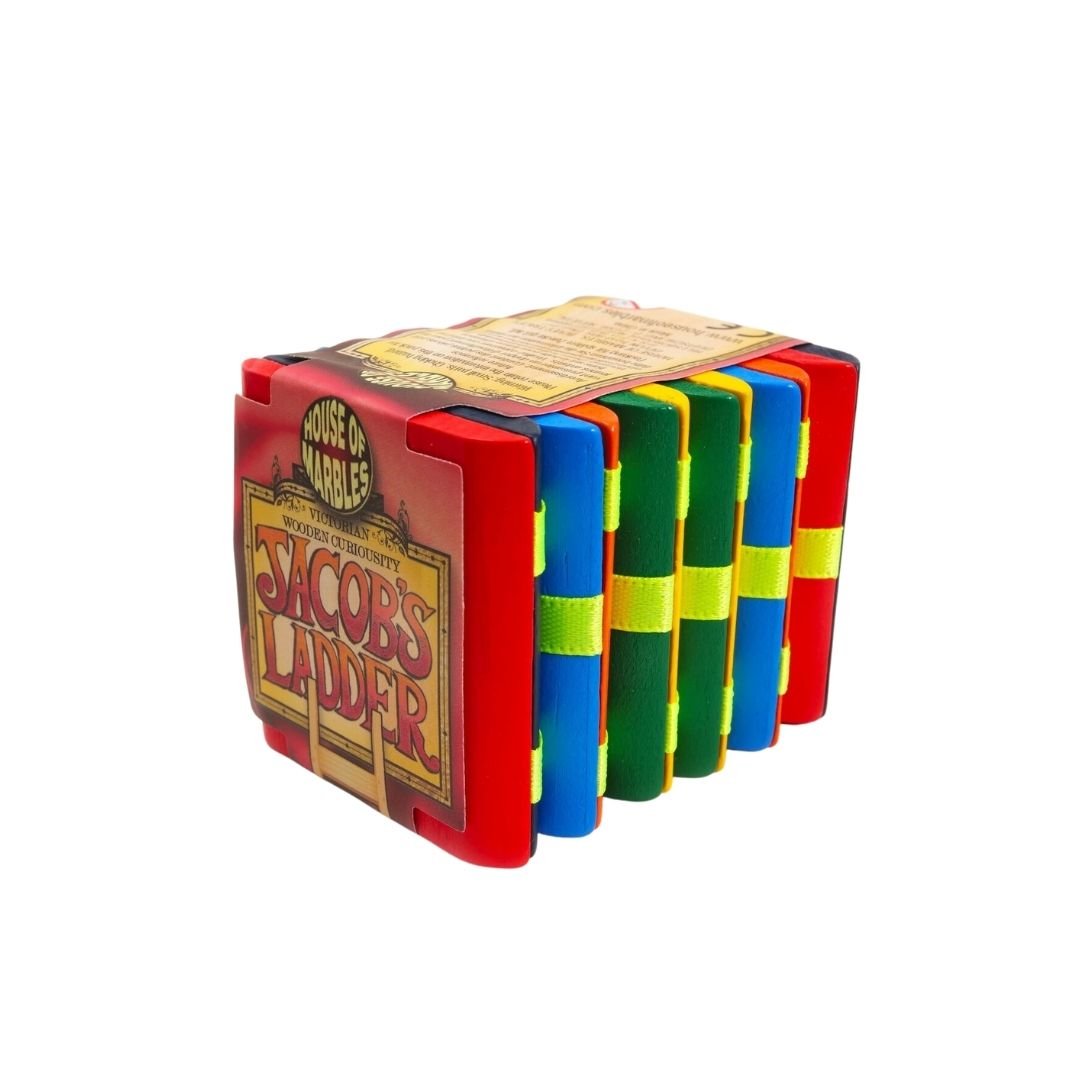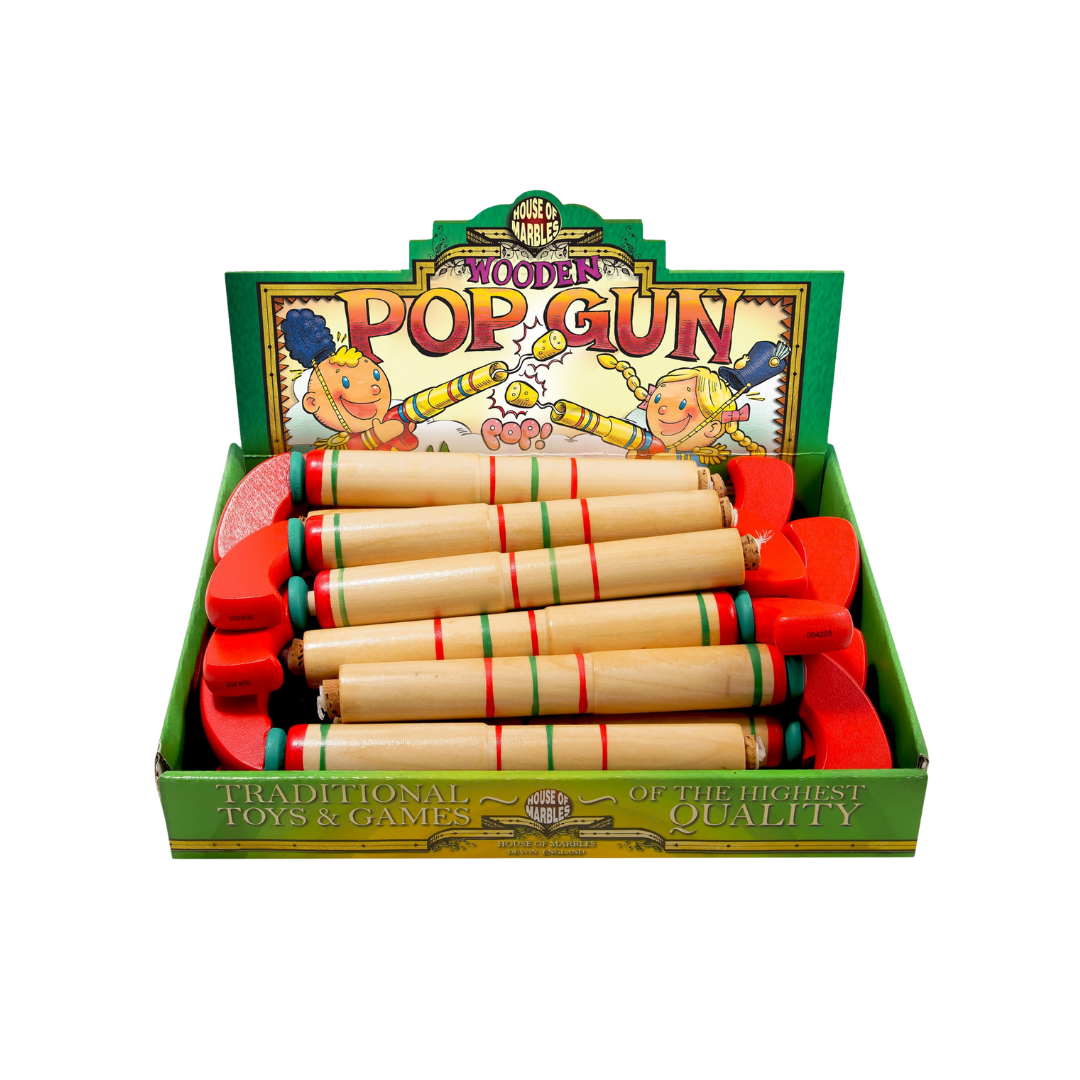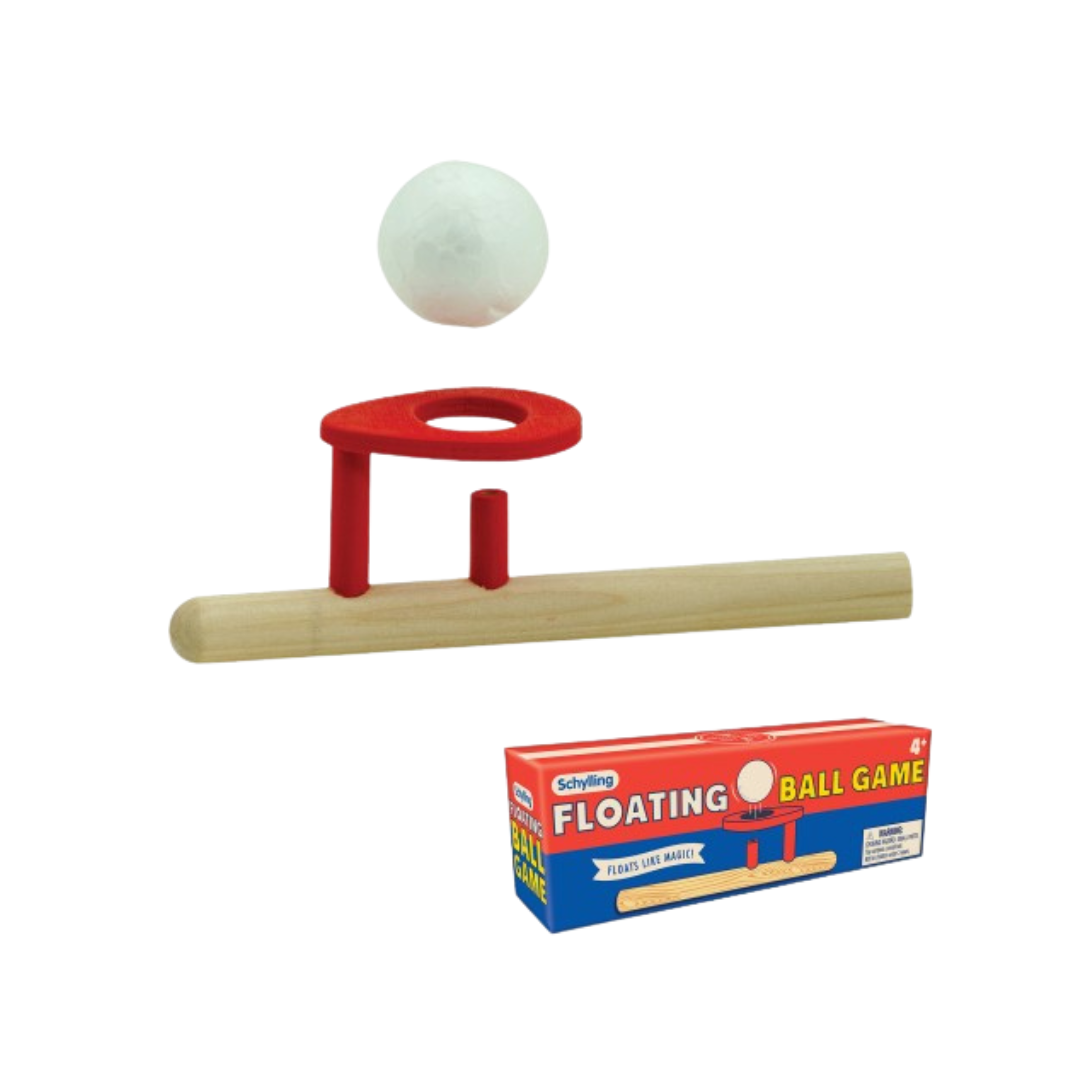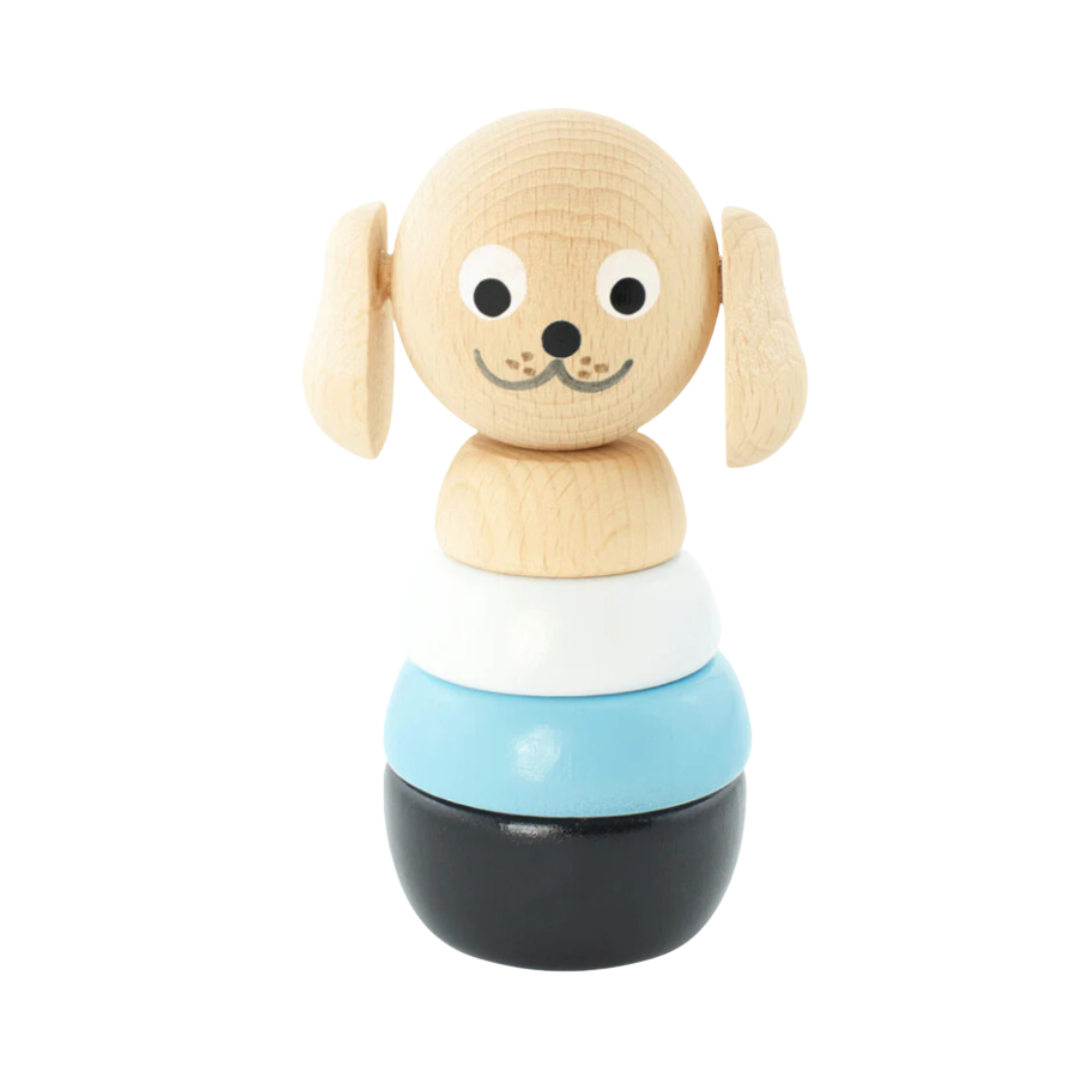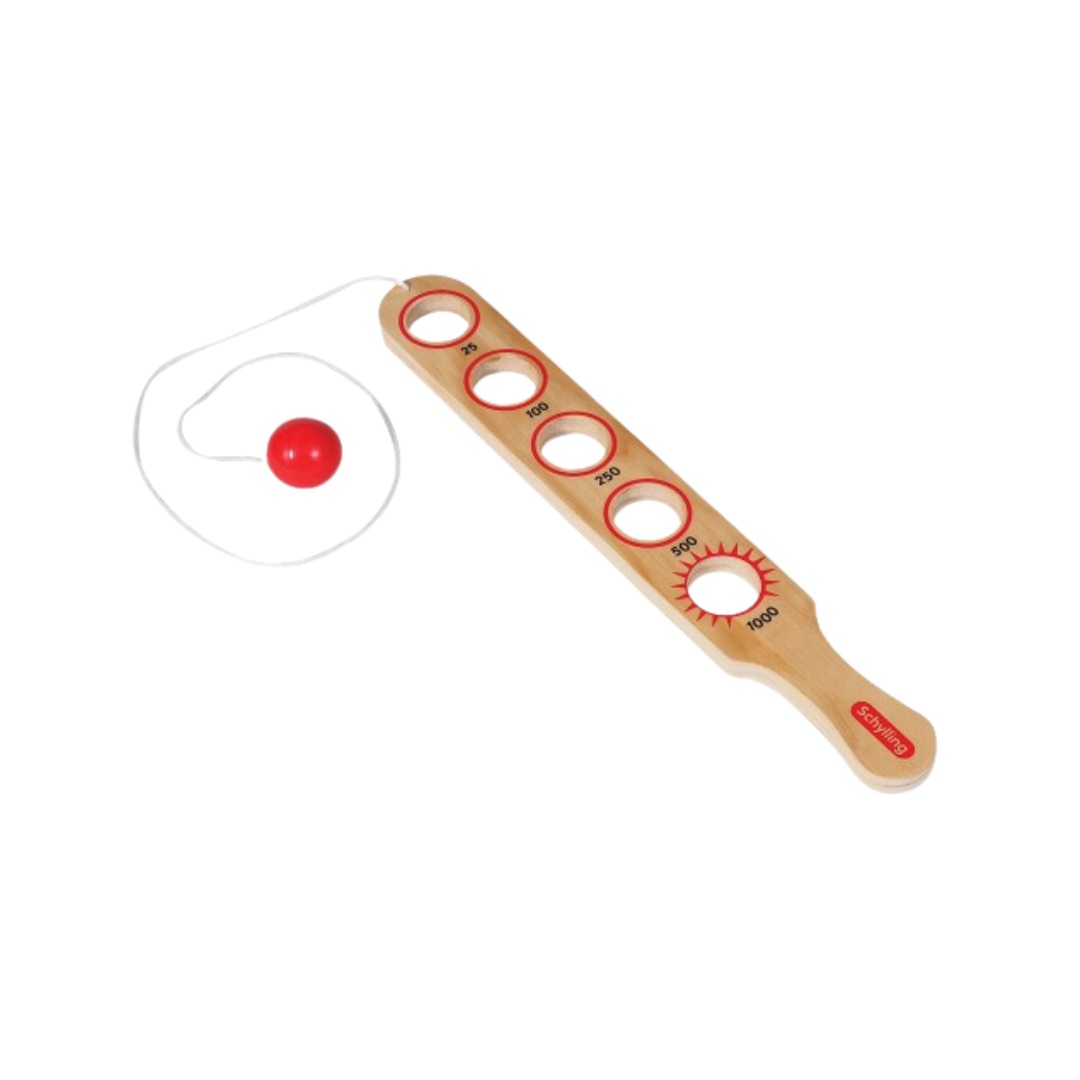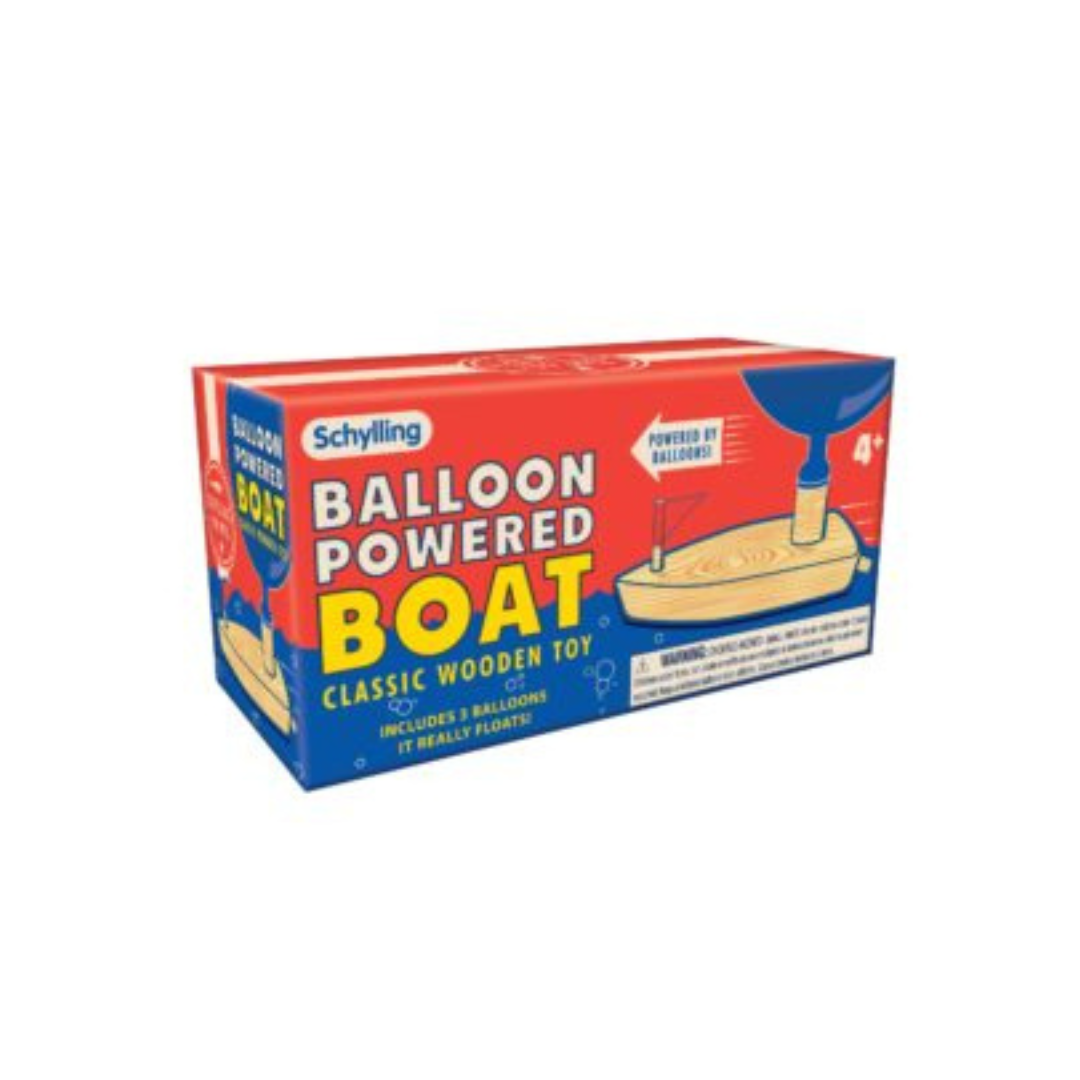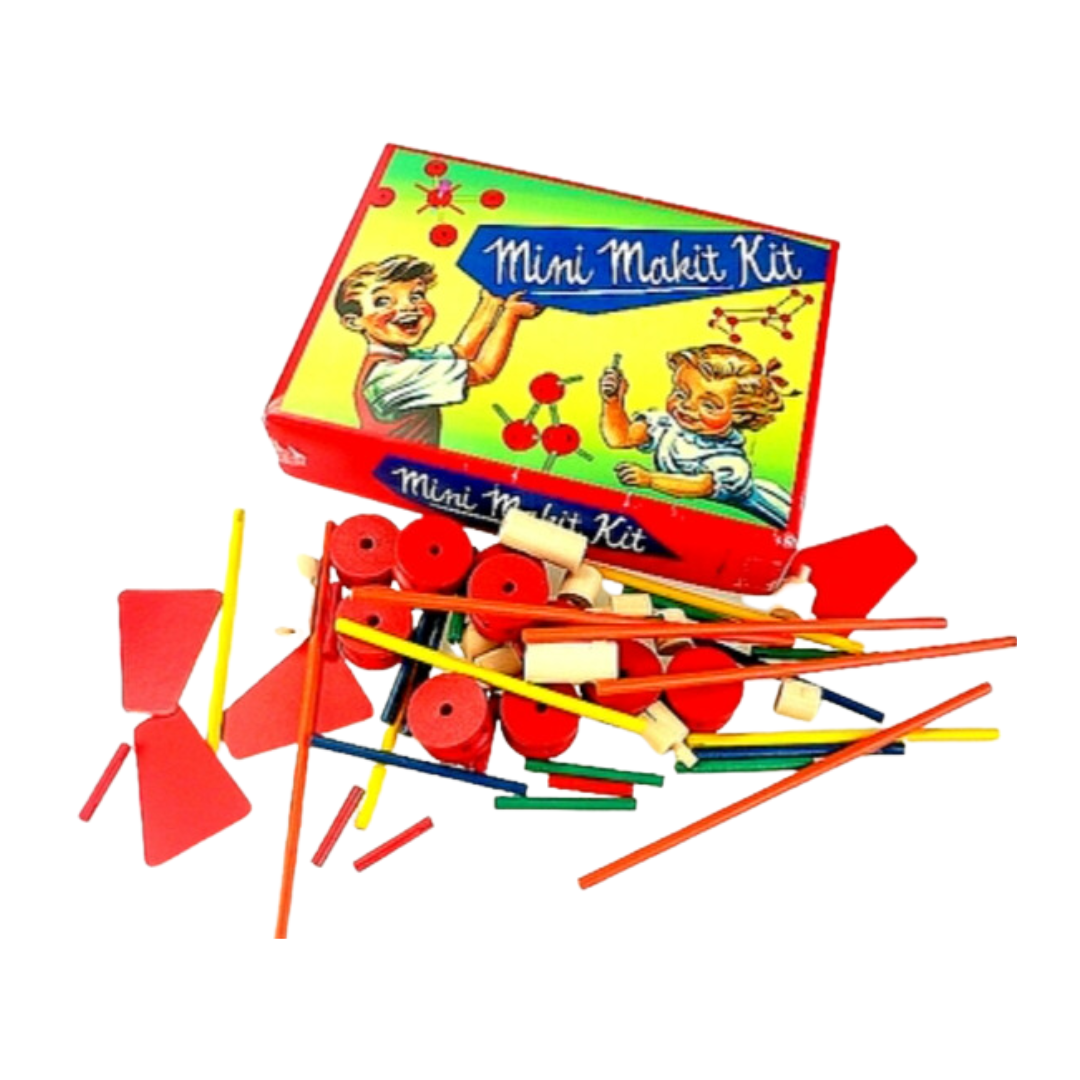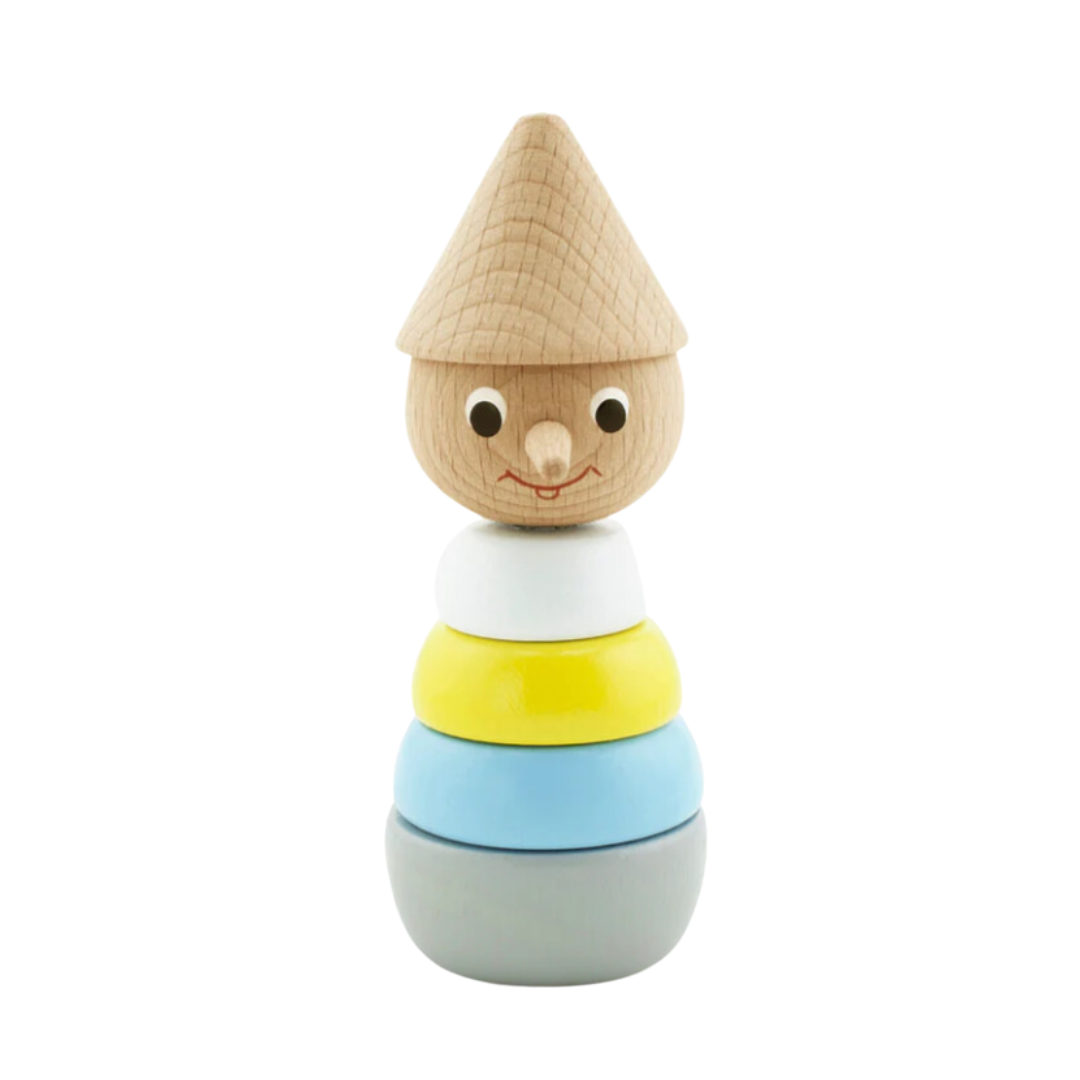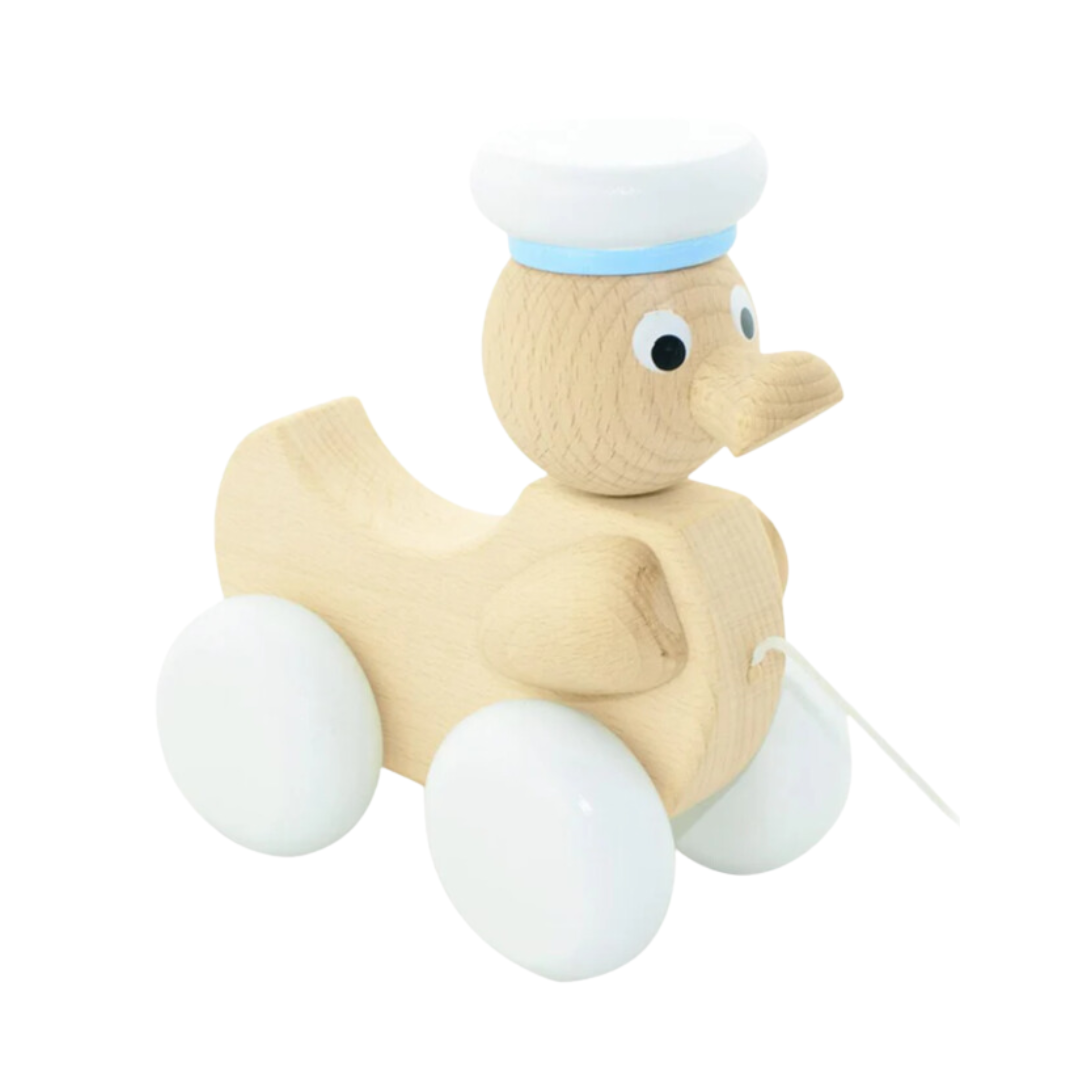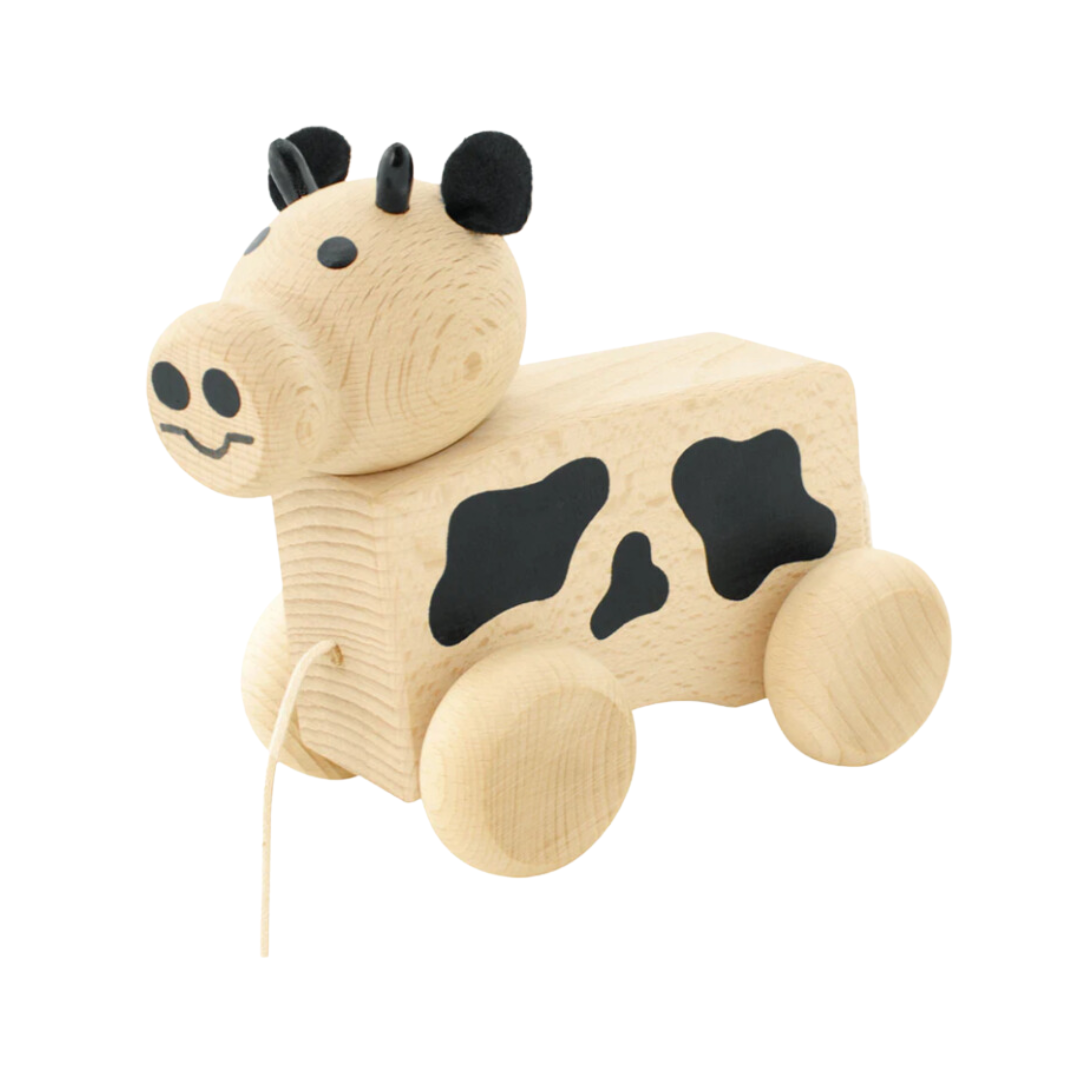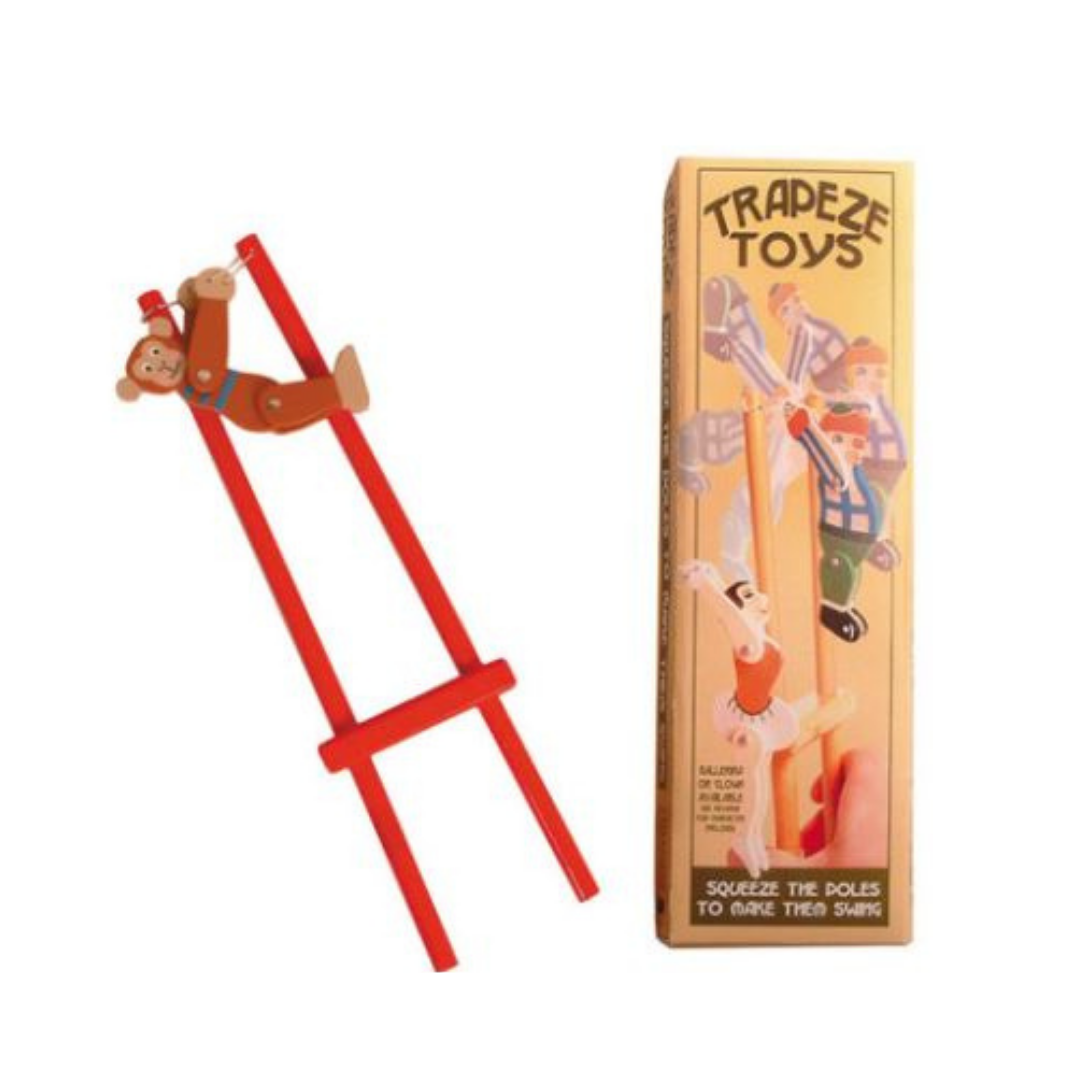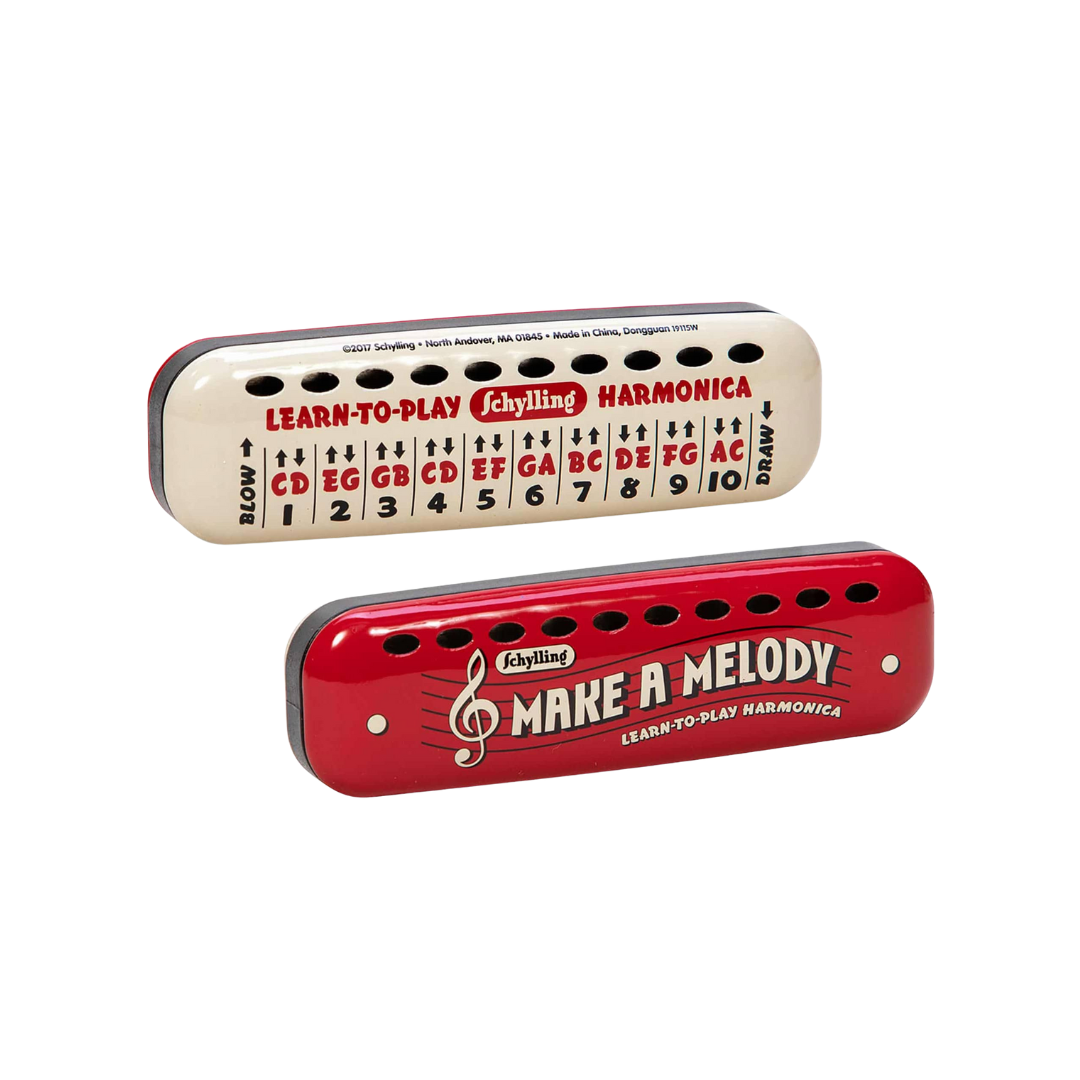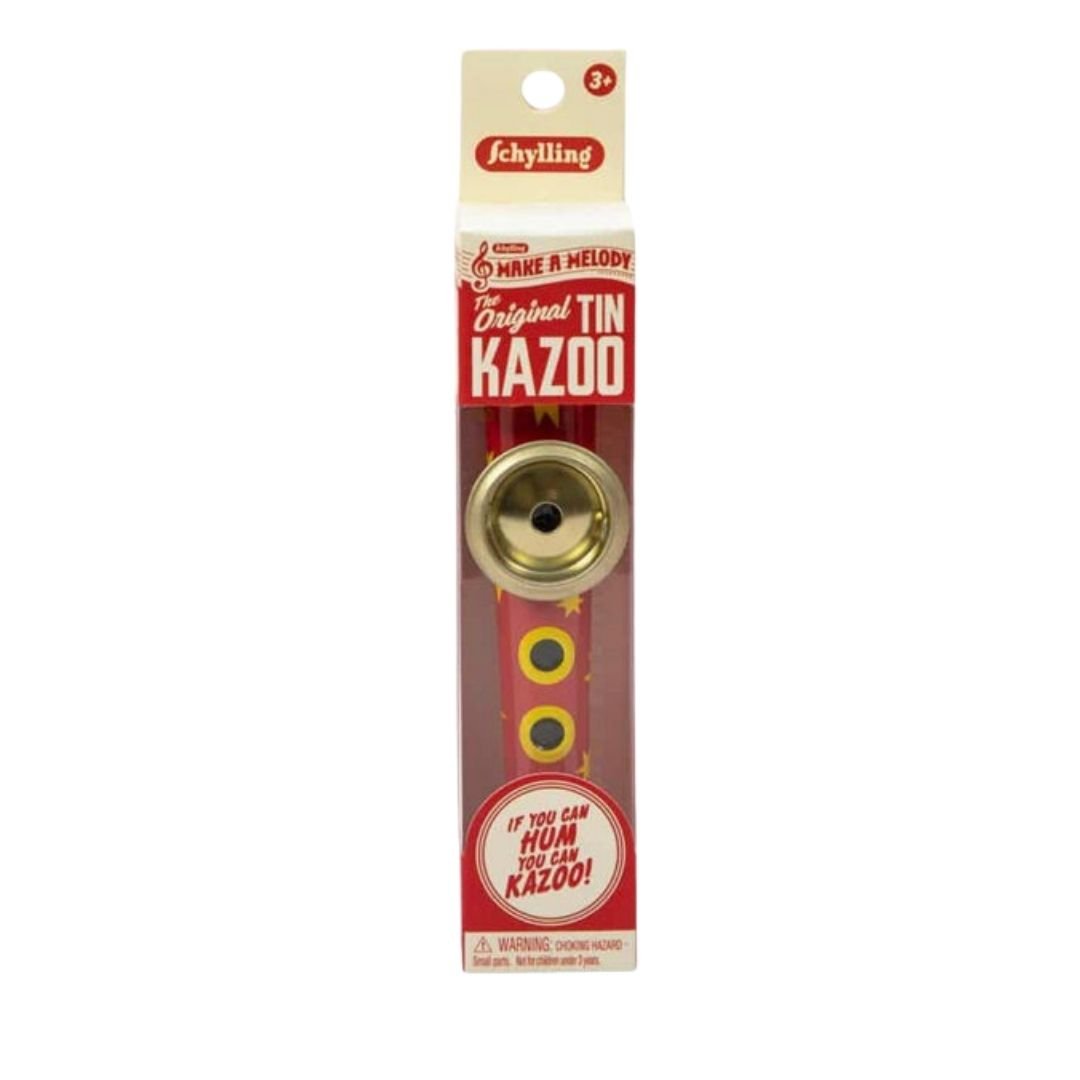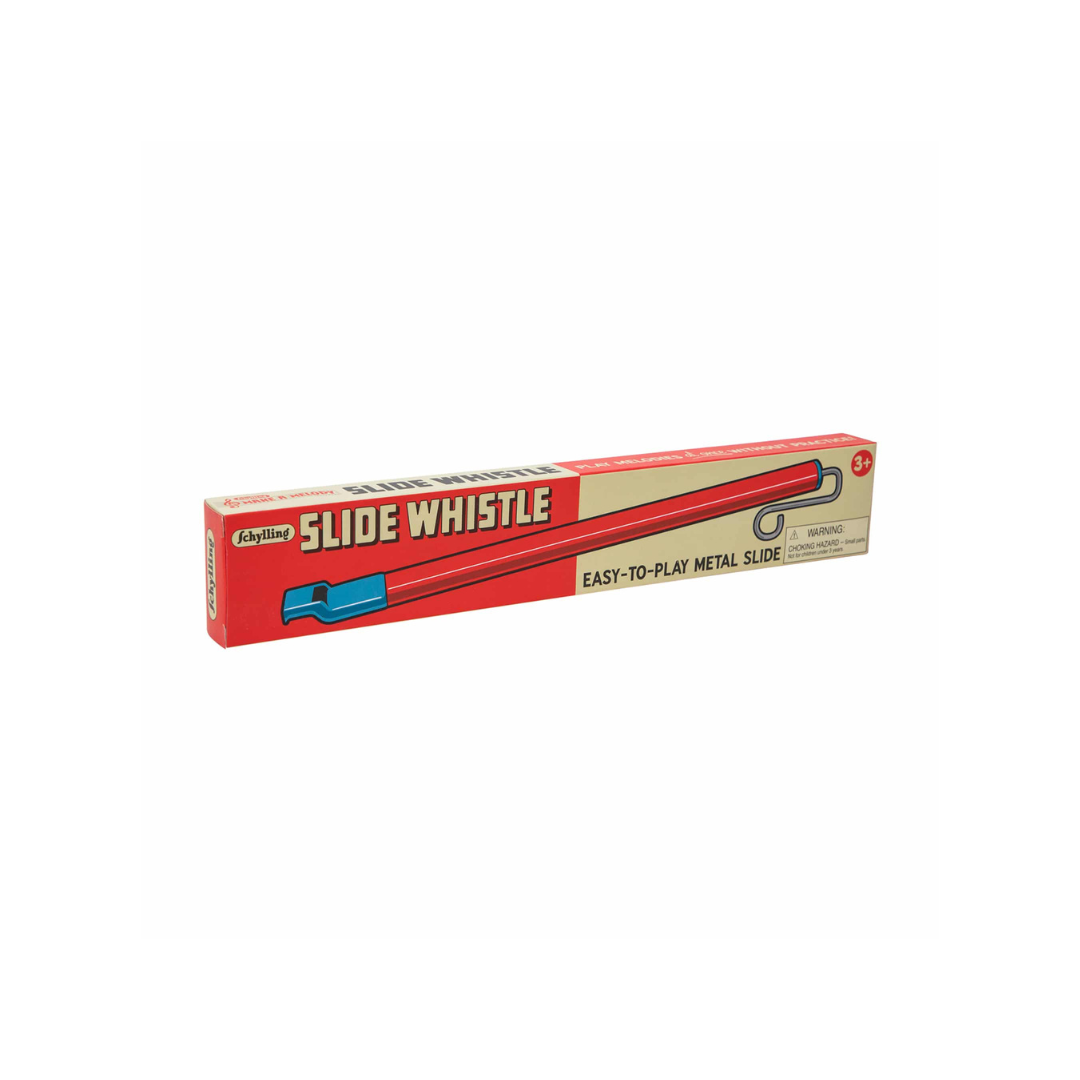Barbie and Ken - The Stars of the 60s
Barbie and Ken are iconic fashion dolls from the 1960s that have played a significant role in popular culture and the toy industry throughout the decades, no more so than present day with the release of the record-breaking, box-office hit Barbie Movie. Here we present a brief history of Barbie and Ken from their first release to present day.
Barbie and Ken are iconic fashion dolls that have played a significant role in popular culture and the toy industry. Here we present a brief history of Barbie and Ken.
Barbie was introduced to the world on March 9, 1959, by Mattel, Inc., an American toy company founded by Ruth Handler. The inspiration for Barbie came from Ruth Handler's observation of her daughter, Barbara, playing with paper dolls and imagining different adult roles.
The original Barbie doll was named after Ruth Handler's daughter, Barbara. Barbie's full name is Barbara Millicent Roberts.
Barbie's debut at the American International Toy Fair in New York City was met with mixed reactions initially, but she soon became a massive success.
The first Barbie doll wore a black-and-white striped swimsuit, ponytail hairstyle, and a distinctive arched eyebrow. She became known for her fashionable wardrobe and accessories.
Over the years, Barbie's appearance evolved to represent diverse cultures, careers, and interests. She became a symbol of female empowerment and inspired young girls to dream big and break traditional gender stereotypes. She has had numerous careers, including astronaut, doctor, scientist, athlete, chef, and more, reflecting the changing roles and aspirations of women in society.
Ken was introduced as Barbie's boyfriend in 1961, two years after Barbie's debut. He was named after Ruth Handler's son, Kenneth.
Ken was designed to be a tall, handsome doll with a similar build to Barbie, but with a more masculine appearance. Like Barbie, Ken's appearance and wardrobe have evolved over the years to reflect current fashion trends and cultural shifts.
Although Barbie and Ken have been known as a popular couple, their relationship status has changed over time. They have broken up and gotten back together in various storylines, providing an element of drama to their narrative.
Throughout their history, Barbie and Ken have continued to be beloved toys, capturing the imagination of children and collectors worldwide. They have become cultural icons and have remained relevant through the decades, adapting to changing societal norms and evolving with the times. Barbie and Ken's enduring popularity showcases their timeless appeal and their lasting impact on the world of toys and play.
Whilst we ourselves weren’t a fan of Barbie and Ken in our younger days (we were more into Sindy), we’ll still be off to watch the Barbie Movie this weekend for a bit of escapism and female empowerment.
Toy shops over the decades
Toy shops have seen significant changes over the decades, with the retail giants taking over the retail scene, and the rise of online-shopping. Here we take a look back on the traditional toy shops from the 1950s, 1960s, 1970s and the 1980s as we aim to capture the essence of these decades, and the traditional toy shops of yesteryear.
Toy shops have seen significant changes over the decades. In the mid-20th century, local independent toy stores were popular, offering a limited selection of toys. In the late 20th century, large retail chains like Toys "R" Us became dominant, providing a vast array of toys under one roof. However, with the rise of e-commerce and online shopping, many traditional toy shops faced challenges, and some even closed down. The shift towards online shopping continued in the 21st century, allowing customers to access a more extensive range of toys with the convenience of home delivery. Additionally, interactive and tech-driven toys gained popularity, reflecting advancements in technology. As time progressed, toy shops had to adapt to changing consumer preferences, embracing both in-store and digital experiences to stay relevant.
Here we take a look back on the traditional toy shops from the 1950s, 1960s, 1970s and the 1980s.
Toy Shops in the 1950s
In the 1950s, toy shops were quite different from what we see today. They were often small, independent stores, usually located in local neighbourhoods or on main streets. These shops carried a more limited selection of toys compared to the massive variety available in modern toy stores.
Toys in the 1950s were often simpler, reflecting the technology and manufacturing capabilities of that era. Popular toys included classic items like wooden trains, dolls, teddy bears, marbles, board games like Monopoly and Scrabble, and simple construction sets.
The shopping experience was more personal, with shopkeepers interacting directly with customers, helping them choose toys and providing personalized recommendations. Many toys were displayed in glass cases or on shelves, and children would often browse the store with excitement, carefully selecting their favourites.
Packaging was also simpler and more straightforward compared to the colourful and elaborate packaging we see today. Customers usually paid with cash, as credit cards were not common during that time.
Overall, visiting a toy shop in the 1950s was a charming and nostalgic experience, with a focus on traditional toys and a sense of community in the local shopping area.
Toy Shops in the 1960s
In the 1960s, toy shops continued to be predominantly small, independent stores, much like in the previous decade. However, there were some notable changes in the types of toys available and the overall shopping experience.
During the 1960s, there was a surge in the popularity of action figures and dolls. Iconic toys like G.I. Joe, Barbie, and Ken gained immense popularity, revolutionizing the toy industry. The popularity of dolls with different outfits and accessories added a new dimension to imaginative play for children.
Additionally, the 1960s saw the introduction of iconic board games like "Twister" and "Operation," which quickly became favourites among children and families. These games added an element of physical activity and skill to traditional board gaming.
The decade also witnessed the rise of battery-operated and remote-controlled toys, showcasing advancements in technology. Toy robots and cars with remote controls became a hit among kids, providing them with interactive and futuristic play experiences.
In terms of the shopping experience, the 1960s still offered a more personal touch compared to modern toy shopping. Customers could interact with knowledgeable staff who could demonstrate how toys worked and offer recommendations. The packaging of toys started to become more colourful and attractive, catching the attention of children and parents alike.
Overall, the 1960s toy shops provided a mix of traditional toys and innovative, tech-driven playthings, contributing to the joy and excitement of children during that time.
Toy Shops in the 1970s
In the 1970s, toy shops experienced significant changes in both the types of toys available and the overall retail landscape. The decade saw a continued rise in the popularity of action figures and dolls, with iconic lines like "Star Wars" action figures, "Barbie," and "Ken" remaining sought after by children.
During the 1970s, the toy industry also embraced the growing fascination with electronic toys. Electronic handheld games, like "Simon" and "Mattel Electronics Football," became a sensation, showcasing the increasing integration of technology into playthings.
Additionally, the decade witnessed the advent of popular construction sets like "Lego," which allowed children to build and create their own structures using colourful plastic bricks.
In the 1970s, toy shops began to adapt to the changing retail landscape by adopting more organized and vibrant displays to attract customers. The use of eye-catching store displays, and creative packaging became more common, adding to the excitement and allure of shopping for toys.
Furthermore, large retail chains started gaining prominence during this decade, offering a broader selection of toys under one roof. Toys "R" Us, which opened its first store in 1957, expanded its presence and became a well-known destination for toy shopping during the 1970s.
Overall, toy shops in the 1970s reflected a blend of traditional playthings and innovative electronic toys, with more emphasis on organized displays and the emergence of larger retail chains. This era set the stage for the evolving landscape of toy shopping in the following decades.
Toy Shops in the 1980s
The 1980s were a golden era for toy shops, witnessing a massive boom in the popularity of various toy lines and franchises. This decade saw an explosion of innovative and iconic toys, many of which have remained beloved classics.
Action figures continued to dominate the market, with franchises like "G.I. Joe," "He-Man and the Masters of the Universe," and "Transformers" captivating the imaginations of children. These action figures often came with intricate designs and accessories, encouraging kids to collect and engage in imaginative play.
Another significant development was the rise of video games, which started to make their way into homes through consoles like the Atari 2600 and the Nintendo Entertainment System (NES). These consoles led to a surge in video game-related merchandise, including action figures, plush toys, and board games based on popular video game characters.
The 1980s also witnessed the "Cabbage Patch Kids" phenomenon, where these distinctive dolls became a cultural sensation, leading to long queues and even occasional store stampedes during the holiday season.
LEGO continued to be popular, expanding its offerings with various themed sets, such as LEGO Space and LEGO Castle, capturing the imagination of budding builders.
Toy shops in the 1980s saw increased competition, with large retail chains like Toys "R" Us, Walmart, and Target gaining prominence and offering an extensive selection of toys from different manufacturers.
Additionally, the packaging of toys became more elaborate, featuring eye-catching illustrations and designs to appeal to young shoppers.
Overall, toy shops in the 1980s were buzzing with a vast array of action figures, video game-related toys, dolls, construction sets, and more, creating a vibrant and exciting atmosphere for children and their families. Many of the toys from this era have left a lasting impact and continue to be cherished by collectors and enthusiasts today.
Here at The Vintage Toy Box, we aim to capture the essence of these decades, and the traditional toy shops of yesteryear.
Christmas Gifts | The Gift of Giving and Kindness
The gifts that give the most long term joy are those that have memories attached. The gifts that can entice a feeling are those gifts that keep on giving.
Many of our gifts sold at Christmas time, are those that spark joy. It is this feeling of joy that we look for with all of our gifts, and what we seek to create at this special time of the year.
This Christmas the most sought after gift from Santa for most kids is probably an Xbox, PlayStation, laptop, smart watch, or IPhone. The gifts that give the most long term joy however, are those that have memories attached. The gifts that can entice a feeling are those gifts that keep on giving.
Many of our gifts sold at Christmas time, are those that spark joy. It is this feeling of joy that we look for with all of our gifts, and what we seek to create at this special time of the year.
The greatest gifts are not wrapped in paper, they are wrapped in love.
We asked our 4 and 5 year old kids what they thought Christmas was all about and they replied reflectively, “We get gifts if you’re good, and give gifts to people if they’re good” , and “We get presents from Santa!”, and while technically they are correct, this is only the material side of Christmas. It is up to us as parents to teach our kids the true meaning of Christmas.
Happiness doesn’t result from what we get, but from what we give.
Let’s have a closer look into the true spirit of giving.
There is a classic short story about two people, who each sacrificed their most loved possessions to be able to afford the perfect gift to give each other. The wife cut and sold her gorgeous long hair to buy her husband a platinum chain for his watch. In return, he sold his most loved watch to buy his wife a beautiful set of combs for her gorgeous long hair. Their love for each other, far outweighed what the other viewed as their most treasured possession.
The thought and love between these two people is just one example of what the true gift of giving is - to give without expectation of self-gain, to give with love in your heart.
Fun Fact: People who are thoughtful and generous towards other people are shown to be less depressed, anxious and feel more connected to the community around them.
Giving is not a logical action but rather one of emotion. It is the thought of the gift that brings a smile to your own face as well as the person you give the gift to. These gifts don’t have to be bought, they can be handmade, the gift of time spent with someone who needs some company, doing some volunteer work to benefit other people, placing a gift under the giving tree for someone less fortunate or donating to our struggling farmers and their families at a time that they need our support.
It’s not about how much we give, but how much love we put into giving – Mother Teresa
There are many ways that you can give that do not require any money to be spent. You can give a compliment, a handpicked flower, a nice note left for someone. One of the most powerful gifts you can give to someone, is a smile. The little gifts of love and kindness can make someone’s day and lift their spirits, and this in return will lift your own spirit.
No-one has ever become poor by giving – Anne Frank
Giving gifts is important for human interaction; it can help define relationships, strengthen bonds with friends, colleagues and family and is a way that you can show your gratitude for the people you care about and let them know how important they are to you.
Only by giving are you able to receive more than you already have - Jim Rohn
Gift giving is more than just giving a gift; it is a demonstration of your feelings.
One of the most popular, most loved holiday stories which demonstrates the gift of giving is A Christmas Carol , which follows the character Ebenezer Scrooge through his losses as a result of his greed and the lessons that he finally learns from three unlikely visitors who each take him on a journey outside his comfort zone, and finally to the true meaning of Christmas.
Scrooge drives away his love Belle as she cannot stand to stay with him because she has fallen to second priority in his life – after his love and need for money. One night, Scrooge receives three visitors during his sleep …
The first visitor Scrooge encounters is the ghost of Christmas past to take Scrooge on a look back to Christmases past. By the end of their look back on Scrooges life he becomes filled with sadness and regret and learns that the simple things in life like friendships, love and laughter hold great value and learning. This visit begins Scrooge’s transformation.
The Ghost of Christmas Present next appears to Scrooge and takes him to his employee’s house where Scrooge watches the poor, but happy family celebrate their Christmas, despite the hardships of poor health, and a lack of possessions. Although the family is poor, they are far happier than Scrooge because they have the love of their family and friends.
The third ghost is that of Christmas Future. This ghost takes Scrooge on a journey of misery, sadness and loneliness, and shows Scrooge the only future he will have if he does not change his miserly ways.
Scrooge then wakes up in his bedroom and vows to live by the lessons that he has learnt from the three ghosts. He immediately starts doing right by the people he has wronged, and immediately feels the joy in his heart that this brings, leading him to want to spread this joy through further acts of kindness to all around him.
Fun Fact: The word Scrooge started as the name for a character in A Christmas Carol and now it is a word that is commonly used in everyday language as a word for someone who is selfish and does not like giving or parting with any money.
The festive season is so much more than parties and material gift giving. With just one act of kindness you can inspire others to go out and plant seeds of happiness along their way.
This Christmas, be kind. Give with your heart, and may your Christmas be filled with the true meaning of this beautiful time, warming your heart all year long.
#FestiveForagingMossVale
https://www.thevintagetoybox.com.au/blog/moss-vale-festive-foraging-2019
The Vintage Toy Box | Traditional Barber Shop meets Toy Shop
Did you know that for 40 years before we moved in, it was also the Moss Vale Barber shop, operated and run by the local legend John ‘Snipper’ Parry?
We have people popping into the shop all of the time talking about when they were a kid, and when John used to cut their hair. These people are now grandparents themselves , but they still look back fondly on their childhood days.
For those of you that know us, you’ll know that we also own Motique. Motique is a botique men's gifts and games store, set up to offer a tailored selection of products designed to meet the requirements of the modern gentleman.
Motique, a fine purveyor of old-style men’s goods operates online and from within our Moss Vale store in the beautiful Southern Highland’s of NSW, in our old style traditional barber section at the back of The Vintage Toy Box.
What’s really interesting about our shop though is that for 40 years before we moved in, it was also the Moss Vale Barber shop, operated and run by the local legend John ‘Snipper’ Parry.
We have people popping into the shop all of the time talking about when they were a kid, and when John used to cut their hair. These people are now grandparents themselves , but they still look back fondly on their childhood days.
Sadly John is no longer with us, but we thought it would be a lovely thing to keep his memory alive, so we’re currently on the lookout for:
A barber to rent out our barber chair
People with memories to feature in our special feature piece about John.
If you fit into either of these categories, or know someone that does, please get in touch, as we’d love to hear from you!
Classic Toys | Tin Toys - A Step Back Through Time
Some of the most collectible toys in the world are old tin toys. Tin toys are made out of tinplate and often motorised and colourfully painted to resemble characters or vehicles, such as toy trains, cars, and other motorised vehicles.
Some of the most collectible toys in the world are old tin toys. Tin toys are made out of tinplate and often motorised and colourfully painted to resemble characters or vehicles, such as toy trains, cars, and other motorised vehicles.
Many of the early tinplate toy makers were based in Germany with companies such as Bing & Schoenner and Issmayer being leaders in their industry in the 1860s through to the early 1900s.
Germany remained the major producer of tin toys into the early 20th century. The most famous manufacturer being Ernst Paul Lehmann, who produced such wonderful tin toys in Brandenberg, Germany from the 1880s to the 1930s. Lehmann today has a worldwide following of avid Lehmann tin toy collectors who often collaborate to track down rare toys from his vast collection.
France and England soon jumped onto the production of these popular toys, leading to a surge in what would become known as the “Penny Toy”, with thousands of tin toys flooding the market.
Production of tin toys in the United States only boomed much later, and it wasn’t until after World War I, when consumers were less enthusiastic about buying German products that the US found its way. Production soon however overtook that of their European counterparts, with cheap & plentiful resources contributing towards more favourable manufacturing costs.
Louis Marx & Company was the largest American tin toy manufacturer during this era, operating from 1919 to 1978. Marx produced a huge number of tin toy designs, producing enormous amounts to keep prices down. The company produced so many designs that the toys themselves were often imprinted with the slogan, "One of the many Marx toys, have you all of them?". Toys included tinplate buildings, tin toys, tin soldiers, play sets, toy dinosaurs, mechanical toys, toy guns, action figures, dolls, doll houses, toy cars and trucks, and trains.
Due to the re-allocation of resources, the production of tin toys ceased during World War II, and many toy manufacturing factories were taken over for arms and munitions manufacture. Many shut down permanently and never went back into business after the war. Japan began producing enormous number of tin toys, and due to reduced competition in Europe soon became the world leader in tin toy manufacturing.
TOYS & GAMES DURING WORLD WAR II
A toy's appeal lies in the form and shape, the beauty of line, the colour and detail, the charm of miniaturization, and the humour of caricature.
Toys and games have always reflected the attitudes, humour, and imagination of the culture and times that created them.
As toy historians Athelstan and Kathleen Spilhaus wrote, "A toy's appeal lies in the form and shape, the beauty of line, the colour and detail, the charm of miniaturization, and the humour of caricature. Some toys amuse us with their jerky antics; others add beauty to our lives with their grace and rhythm. Many do things we can't do in real life, thereby keeping us in touch with fantasy."
During WW2, children played many different games, both in groups and individually. Children commonly played Hopscotch, Four Square, Jump Rope, Chess etc. together, as well as all types of ball games. Young children loved to play jacks, marbles, play school and house, and played with cars or dolls. Kids in the neighbourhood loved playing games out on the street such as, "Red, Light, Green, Light", "Red Rover", "Hide and Seek", "Statutes" and many other games.
Board games were popular like Monopoly, Scrabble, Life, Checkers, Chess, Backgammon, Chinese Checkers, and Dominoes. Cards were a really big hit - Fish, Concentration, Crazy Eights, Hearts, and if old enough, Canasta, Gin Rummy, Solitaire, Slap Jack, War and 21. There were also games played in the water such as Marco Polo, dive bomb and water ballet. Children played for hours because they did not have video games or television. More often than not they made up their own games too.
In the evening children played cards, Chutes and Ladders (which is similar to Snakes and Ladders), Candy Land and Checkers. The boys enjoyed playing with army figures and the girls on the other hand liked the brand new Barbie doll. During the war, families were short of money so only the rich children had toys. Other children may have had a football and maybe if lucky, a couple of marbles.
Life wasn't all fun and games though, children still had to go to school, though some schools moved from the towns to the country. As well as ordinary lessons children learned air raid drills, leaving classrooms when the sirens sounded to go to air raid shelters. To raise money for the 'war effort', schools started 'Spitfire Funds' and National Savings Groups. More than 6,000 school savings groups started in 1940. Children saved money each week, instead of spending their pocket money on toys.
Most children left school at 14 (in 1944 the school leaving age was raised to 15). From school, most young people went to work. Only a few went to university. They could join the forces in 16. At 18 most young people knew they would be 'called up' (conscripted) for the Forces or for war work in factories, farms or coal mines. In 1945 German boys as young as 10 and 11 took part in fighting during the last weeks of the war.
At home, children listened to the radio. For many, their favourite programme was the teatime 'Children's Hour'. Children listened to music and comedy shows too, though perhaps not to the 'Radio Doctor' telling people how to stay healthy. People played records on a gramophone. Records in those days were black shiny discs, easily broken. At the cinema ('the pictures') you usually saw two films, or a cartoon and a film. There were Saturday morning film clubs for children.
Many toy factories were now making guns or plane parts or other war equipment, so there was a shortage of new toys. Children swapped old toys at 'toy-exchanges'. Many wartime toys were made of paper or card, because rubber, plastics, wood and metal were needed for the war. Lots of toys had a war theme. There were toy planes, toy tanks and toy battleships to float in the bath, there were books such as the 'ABC of Airplane Spotting', card games with pictures of soldiers and sailors, and a darts game with a picture of Hitler as the bull’s-eye to throw at.
Most children though made their own toys. Many children played with a small motorbike wheel, and a stick, holding races along the streets. They also made their own trolleys with pram wheels which they used to run in the streets, which were fairly safe back then as there was so little traffic. Most of the children used to collect soldiers & cap badges, the German ones were the most popular.
Toy manufacturers had to come up with creative ways to continue production. Paper dolls, puzzles, and games increased in popularity thanks to their widespread availability. Toys, board games, and hobby sets with military and war motifs also became standard playthings. Ingenuity developed out of necessity. For example, Lionel Corporation, famous for its trains, produced military items such as compasses during the war. However, in an effort to stay connected with its toy customers, Lionel created the Wartime Freight Train made entirely out of heavy-duty paper stock. It wasn’t the same as a Lionel electric train, but it was the best the company could offer under these circumstances.
The outbreak of World War II not only stumped the European toy industry, but also that in America. US metal was rationed and toys were placed on a list of unnecessary goods. A number of manufacturers including Daisy Outdoor Products and the Smethport Specialty Company were suddenly prohibited from making play items from their factories. Many toy companies were forced out of business. Others were retooled and enlisted by the government. Buddy “L” Hubley, Strombecker and the Louis Marx Company were among many large American companies that went from making children’s products to military supplies during the 1940s, and many, sadly, never found their way back.
Traditional and Classic Wooden Toys
Even though we live in a digital age full of electronic toys, there is still a big place for traditional toys in our kid’s lives. It is after all the simplest of toys that help develop children's mental and physical abilities.
Our world is ever changing, but one thing that hasn't changed over the centuries is the fact that children love to play.
Even though we live in a digital age full of electronic toys, there is still a big place for traditional toys in our kid’s lives. It is after all the simplest of toys that help develop children's mental and physical abilities.
This is especially true when it comes to traditional wooden toys. These toys may appear inferior when compared to the big, bright electronic toys, but the undeniable fact is, they bring so many educational benefits to children. For instance, traditional wooden toys can unleash the creativity and imagination of children - they have to work harder for a "reward", they need to utilise their own imagination instead of receiving instant gratification in the form of a flashing light, a movement or a sound. This helps their story telling abilities, their motor neurone skills and their social skills.
Wooden toys are highly durable and can be passed down from generation to generation, evoking precious memories. They often become family heirlooms, whereas electronic toys eventually find themselves in landfill.
Wooden toys are generally much safer compared to plastic toys, not just for the child, but also for the environment, as their manufacture does not release harmful toxins and pollutants into the atmosphere. Traditional wooden toys are great for the environment because they are all-natural and recyclable.
You can choose from a wide range of traditional wooden toys. Some of the most popular toys over the decades are highlighted below.
One of the most long standing and simplest wooden toys is a yo-yo. Yo-yos were first used in ancient Greece more than 2500 years ago. They became a real hit in the 1920s in America and are still one of the most used traditional toys. Even though they can be made from different materials, a wooden yo-yo is the best choice you can make. These toys are challenging, fun and relatively cheap - children can buy them with their own pocket money. Users can use yo-yos in a basic manner, but they can also learn a wide range of tricks. Yo- yos are a really popular toy in the playground, with generations of children holding trick competitions with each other.
Another long standing wooden toy is a pop pop gun. This toy gun was first created by Edward Lewis in the late 19th century. The simple wooden gun uses air pressure to pop a projectile that usually comes in the form of foam or cork. This gun is totally harmless, but very entertaining for children. Of course, over the years, people have created many different models, but the wooden one remains the most popular.
Both girls and boys still love playing with wooden boats. Some of these traditional wooden boats have moving parts and are built to represent real boats. They are designed in a way which allows for their use in water. Wooden boats for us conjure up beautiful images of lakeside picnics and parasols from a bygone era.
Of course, wooden boat toys are not the only type of vehicle made from wood and still used as popular toys - we have wooden trucks, wooden trains, wooden cars, wooden planes - the list goes on.
If you are looking for a great educational toy then you can’t go wrong with an abacus. An abacus is a traditional wooden toy used for basic math problems and counting. This toy and educational tool has been used since ancient times (circa 2500 B.C.) and this is how most children in the past learned how to count and do simple arithmetic.
Young children certainly love wooden pull-along toys. They have been used for decades. Most of these toys originally came in the form of a duck which produced funny noises when pulled. Today, you can find wooden pull-along toys in different forms – lions, crocodiles, cows, dogs and even dinosaurs! We're only limited by our own imaginations.
These are only some of the most popular traditional wooden toys you can still find in toy boxes and toy shops today. As you can see they are still just as popular, useful and loved by children. Wooden toys are timeless toys.
Classic toys from the 1950s, 60s, 70s & 80s
The 'good old days' were a lot of fun for kids. In the past, children had more engagement with their toys than they do today, and they formed a longer attachment.
The 'good old days' were a lot of fun for kids. In the past, children had more engagement with their toys than they do today, and they formed a longer attachment. There weren't countless number of toys to choose from and to play with. Children bonded with their toys, and allowed their imagination to take over in their creative play. This article gives a quick glance at those toys from the 1950s to the 1980s which have created wonderful memories for kids throughout the decades.
The 1950s saw a surge of toys in the market, as post war indulgence changed the way that people spent. Tin toy cars flooded the market (Dinky & Matchbox), along with friction cars, Tonka trucks, kitchen sets, Tiny Tears dolls, Hula hoop, Barbie and farm equipment. These toys are the essence of vintage toys and all to this day still remain. Most have evolved over time, but their timeless, classic design still ensures that generations of children still love to play with them.
A large number of toys which were introduced back in the 1960s are still also around today. The 1960s heralded a golden era for toys, with bigger families, and more disposable income paving the way for greater choice and variety. If you take a close look at toys available in the 60s and 70s, you will not see a great deal of difference between the offerings. The toys were quite similar and still hold great enjoyment for the next generations of kids.
A few toys and games like Ker-Plunk, Twister, Etch A Sketch, Slip 'n' Slide, Rubik's Cube, Spirograph and G.I. Joe can still be found in children's toy boxes and toy stores now.
Another major influence on toys was the introduction of TV into people's homes. Toy manufacturers realised that they could theme toys on popular TV shows, and the toys would fly of the shelves. The batman comic books became hugely popular and batman-themed toys started filling the shelves of toy stores. This was a huge profit making game-changer for all the toy makers.
As time moved on, and families had more disposable income & greater spending power, toy manufacturers had to start thinking outside the box if they wanted to increase their sales.
To make things a bit more fun and exciting for the kids, toy manufacturers started introducing electricity into toys, and a whole other world of new, innovative toys came into being with the dawn of electronics. Toys would never be the same again. Every Christmas, we now see the release of the newest, biggest, flashiest toy. In amongst all of these toys though, and still standing the test of time, are the classic toys from the 1950s, 1960s, 1970s & 1980s.
These toys and games passed on from decades before are still famous, popular and loved even now. Grandparents give the retro toys to their grandchildren, and watch with delight as the children play. Old memories flooding back of the joy that they themselves used to feel playing with the same toys when they were young.
There's nothing like playing with an old toy to bring back happy memories.
Traditional Games Through Time
There are many vintage games that have disappeared throughout the years, never to be seen again, but there are many that have stood the test of time ...
There are many vintage games that have disappeared throughout the years, never to be seen again, but there are many that have stood the test of time . We take a look back through the decades and examine some of the popular games of that time that are still around today.
Pre 1920s Vintage Games
The Game of Life was originally created in 1860 by Milton Bradley and was America's first popular vintage parlour game. Originally known as The Chequered Game of Life, the game had a change of name to its more modern and better known name in 1960, 100 years later, when it was recreated by toy designer Reuben Klamer.
Tiddley Winks was first patented in 1888 and was one of the earliest traditional parlour games, distributed exclusively by John Jacques and Son. It became one of the most popular crazes of the 1890s, enjoyed equally by adults and children.
Ludo has been around in raw form since the 6th century, with its origins in India with evidence that it was played by the Mughal Emperors. The game then finally made it over to England in the late 19th century, and was finally patented under the name Ludo in 1896.
1920s Vintage Games
The "roaring twenties" brought with it a wave of fun & frivolity, which led to a boom in the game industry. Some of the most longstanding games were born during this era.
American Mahjong became a craze during the 1920s, and was commonly known as Mah Jongg or Maahj, a variation of the Chinese ancient version. The game sets were imported in huge numbers in 1923 from Shanghai to America, when a representative of the Standard Oil Company published simple rules for the game.
Chinese Checkers was actually invented in Germany in 1892 under the name of "Stern-Halma". The name then morphed in America to "Hop Ching Checkers", before finally adopting its common name of Chinese Checkers in 1928.
The classic board game Sorry was originally manufactured by British Card Manufacturers in England and was first registered as a trade mark in 1929. An English patent was then granted in 1933, before the popular parlour game was trademarked to Waddingtons, who sold it to Parker Brothers in 1934.
1930s Vintage Games
The depression era of the 1930s saw a wave of inexpensive and highly popular vintage board games.
Monopoly was the most played commercial game in the world at one point according to the Guinness Book of Word Records. The depression ironically led to the rise in massive popularity of this vintage game in 1935, as it allowed people to buy property and make millions, in a time where money in real life was sparse. The game was originally proposed to Parker Brothers in 1934 by an unemployed salesman named Charles Darrow. The idea was initially rejected. It turns out that Monopoly is actually pirated from a board game called The Landlord's Game which was patented in 1904.
Battleship was first published under the name "Salvo" in 1931, as a pad and pencil game, but despite its popularity wasn't actually turned into a board game until 1967. It was then one of the earliest games to be produced as a computer game in 1979, with a version released for the Z80 Compucolor.
1940s Vintage Games
Cluedo (also known as Clue) was probably the best known game of the 1940s. Bizarrely it was originally designed by a fire warden whilst he was walking the beat during the Nazi bombings in England. Waddington Games bought the idea in 1943 but had to hold off on production as the game included playing pieces made of metal which were being rationed during the war.
Chutes & Ladders (also known as Snakes & Ladders in the UK) is actually a re-incarnation of an Indian game Vaikuntapaali which translates as "the ladder to salvation". The snakes were meant to illustrate temptations in life, and show that the pathway was littered with numerous temptations that one must avoid in order to succeed in life. Chutes & Ladders was published in 1943 by Milton Bradley and has become one of the best loved children's games of all time.
Scrabble took a few decades to become the popular game that it is today and is now the most popular word game in history. The vintage game was first published under the name "Lexiko", then "Criss Cross Words", before being renamed Scrabble in 1948. The game was originally made by hand in an abandoned schoolhouse, before the President of Macy's discovered the game whilst he was on holiday and ordered some for the store. The rest is history.
1950s Vintage Games
Risk, one of the most popular world domination games of all time was invented by a French film Director in 1957, under the name "La Conquete du Monde", (The Conquest of the World). It was then bought by Parker Brothers and re-released in 1959 as Risk: The Game of Global Domination.
Vintage Toys in Australia
Vintage toys in Australia are fast becoming a sought after commodity, but where do they come from?
After moving over from the UK over 8 years ago, we've noticed that there is a wide shortage of vintage toys in Australia, compared to the UK. This really isn't surprising, considering the brief history of Australia, compared to Europe, where there's a huge abundance of toys from yesteryear flooding the market.
This makes it all the more exciting for us though when we go foraging and come across an old toy from decades ago, often still in great condition. We take great pleasure in then finding out from the owner a bit of history about the toy, particularly details about all the children who used to play with the toy, and who've had so many hours of pleasure holding it in their little hands.
Often though, more times than not, we find that whoever has the vintage toy in their hands often has no idea about where the toy has come from, perhaps picking it up from a market themselves, an antique fair, or perhaps a house clearance. In these instances we need to do a bit of research, in tracking down the history of the toy. Things to look for are details of the manufacturer, the year it was produced, which stores it was sold in, the location of the stores, and the original selling price of the toy. This will generally give you an indication of the demographics of the family that was the likely original holders of the toy. From there you can piece together your own little story about toy ownership, the child, and their family. We love doing this, as it takes us down memory lane, without ever needing to have our own memories to fall back on. It's like stepping back in time, but without the step - what could be more fun?!








